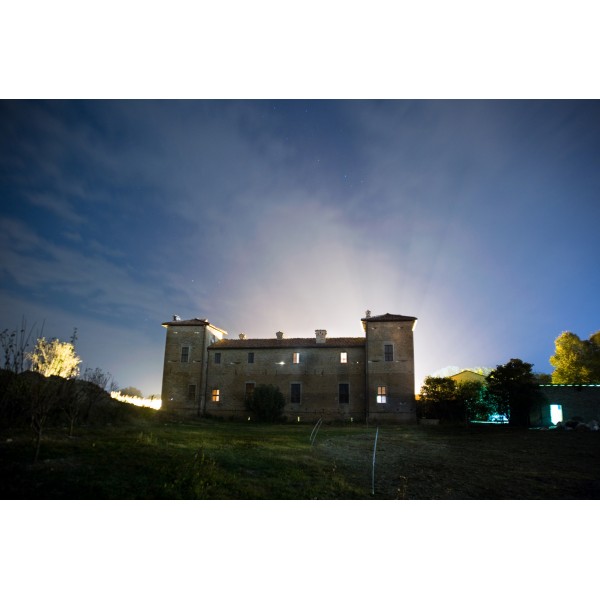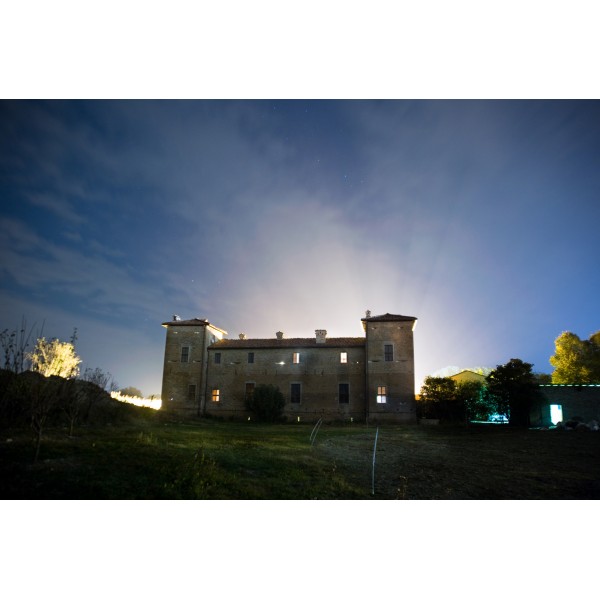No products
Categories
- Fashion Accessories
- Clothing
- Beauty & Lifestyle
-
Hi-Tech & Lifestyle
- Gaming
-
Case
- iPhone 11 Pro
- iPhone 11 Pro Max
- iPhone 11
- iPhone X / XS
- iPhone XS Max
- Samsung S10 / S10+ / S10e
- Huawei P30 / P30 Pro / P30 Lite
- Huawei P20 / P20 Pro / P20 Lite
- iPhone XR
- Samsung S9
- Samsung S9+
- iPhone 8 / 7
- iPhone 8 Plus / 7 Plus
- Samsung S8
- Samsung S8+
- Samsung S7
- Samsung S7 Edge
- iPhone 6 / 6 s
- iPhone 6 Plus / 6 s Plus
- iPhone 5 / SE
- Skin
- Audio
- Smart Home
- Drones & Hoverboard
- Photo & Video
- Desk Supplies
- Accessories
- Games
- Beverages
- Food
- Home
- Jewelry
- Luxury
- Travel
- Art
- Footwear
- Vintage Fashion
- Restaurants
- Sport
- Animals
- Gift Ideas
- Kidswear
Extra
Antica Corte Pallavicina
Welcome to The Antica Corte Pallavicina
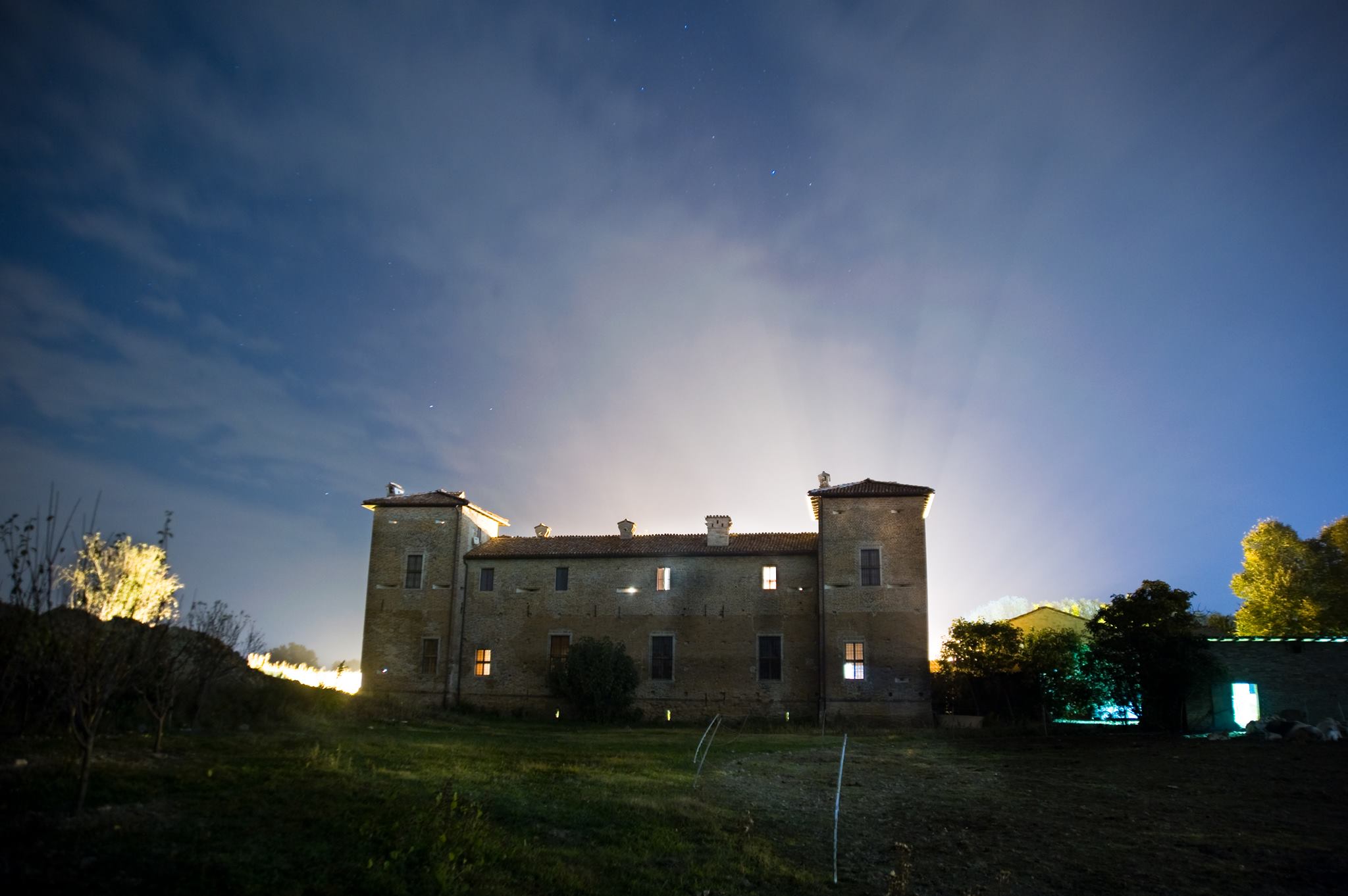
"Our great-grandfather was a sharecropper in the Piantador farm of the master Giuseppe Verdi. Our father said that his grandfather told him that the Master (as he was called in the area) was a great connoisseur of good things"...
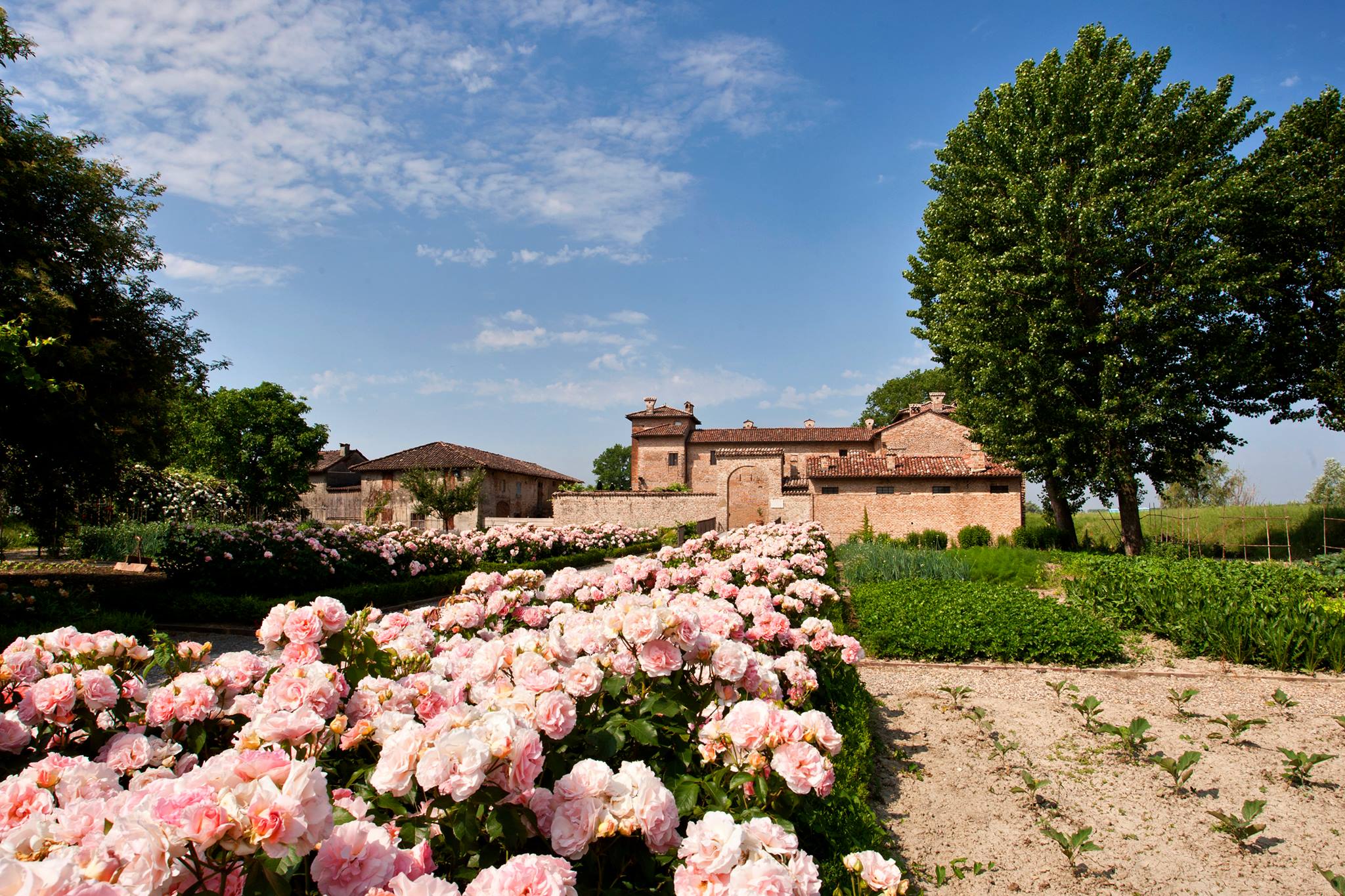
History

The restorations after almost twenty years are over! It was hard. It seemed impossible, but we did it! And how could we not do it? When our great-grandfather left the Piantador farm of Maestro Giuseppe Verdi, he arrived at the Pallavicina Court with his sons and passed from tenant to tenant. It was just a beautiful achievement! All together they began to work this large farm from the fertile land in the flood plains around the palace with so much enthusiasm and with all the knowledge and experience gained in Piantador.
They raised pigs, chickens, turkeys, geese, ducks and silkworms. They milked cows, planted poplars, made bundles and grew watermelons, wheat, melica, vegetables. In winter they made cold cuts according to ancient customs. Then they took the contract to clear the snow from the streets, they invented the ferry on the Po towards the Cremonese, they also started making concrete blocks! And all this always around here and in the court where our father was born in 1916. And how could we let it collapse!
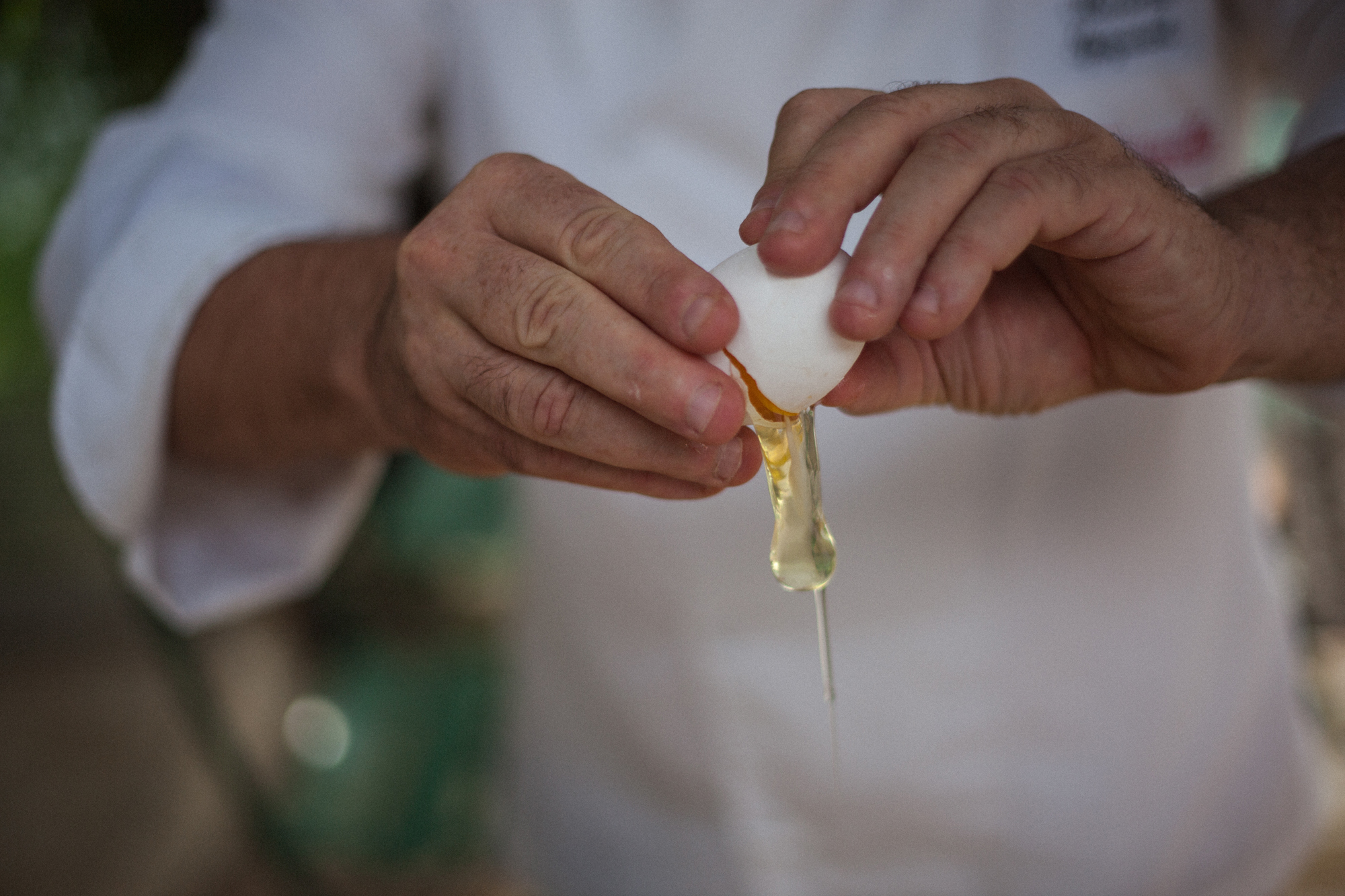
When we finally managed to buy it, in 1990, it was almost ruin! The only really substantial restoration work dated back to 1550, at the end of the 1700s Maria Luigia Duchess of Parma, Piacenza and Guastalla (as well as Napoleon's wife) installed her border guard, the "Dragons" to protect the flourishing river traffic. and lowering the towers of a floor.
Since 1850 the Court was divided into small houses and used by farmers, fishermen, carters and craftsmen. Nobody believed it any more, the Po had moved and taken it: it had remained in the river, which flooded it periodically! And here we are. It seems like a dream, but it's really true: it's done.
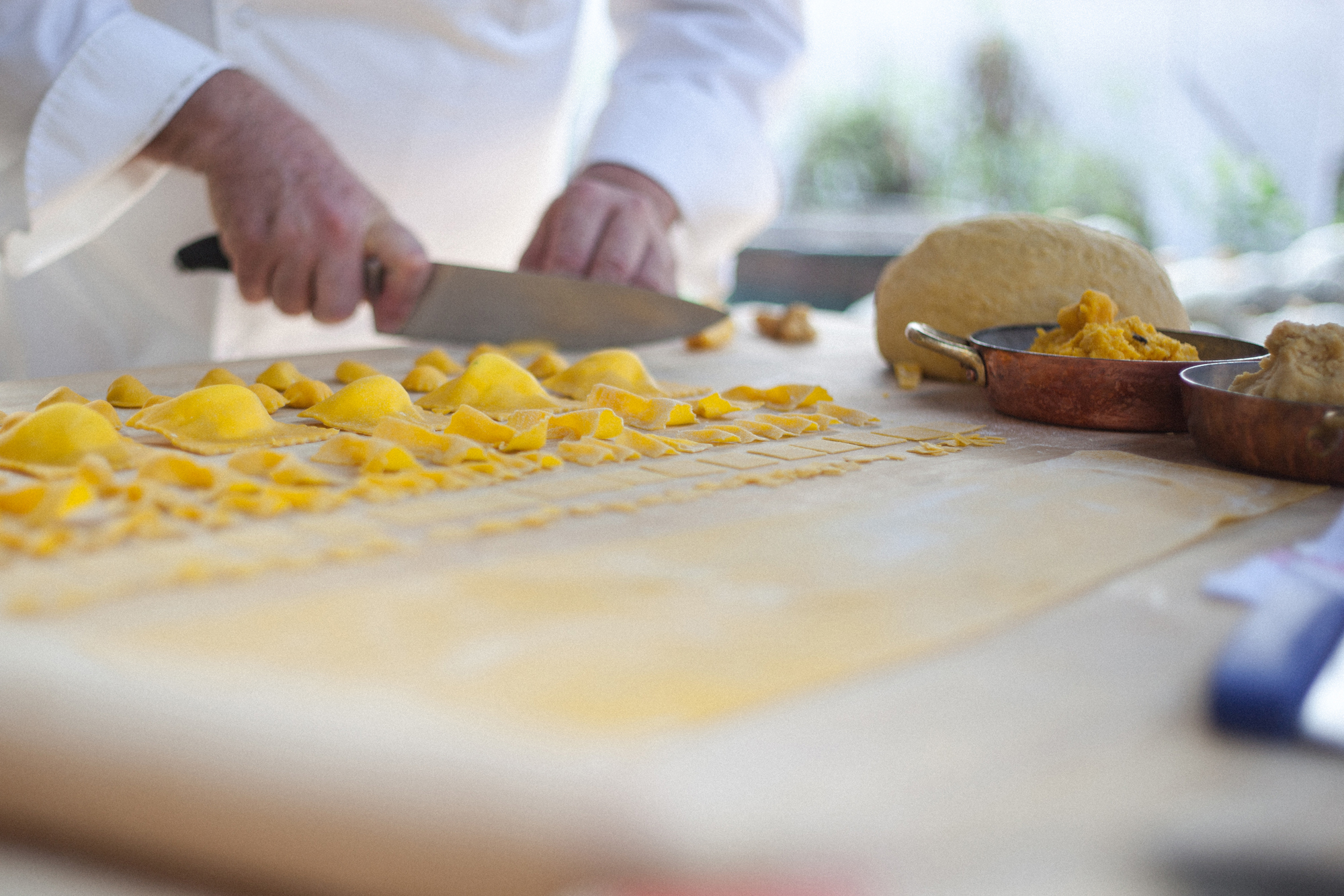
That unique cellars where the Marquis Pallavicino seasoned the cured meats have returned to be filled with culatelli, the old cheese maturing room has resumed its ancient function, the icebox and the prison have emerged from the mud and the frescoes have returned to their splendor, the fireplaces burn poplar wood and on the first floor the warm and comfortable rooms are ready to host demanding guests.
Almost twenty years have passed, but in this place there are all the memories of our family and it is with this awareness that we have treated it, restoring it slowly, slowly as a newborn mother would have grown: sweetly and with a thousand attention, involving all the craftsmen still masters of the ancient knowledge of the place, using the bricks of the same era, the wood of poplar and oak of the same land!
But unfortunately to this goal there are no more mum and dad ... who were so enthusiastic and participated in this project! Patience is said, it is life. But it's not like that, parents never forget! Maybe from now on they look at us and smile smugly.
Now, a new challenge, no less difficult than the last one! Make known and relive this place linked to its people, its products, its territory.
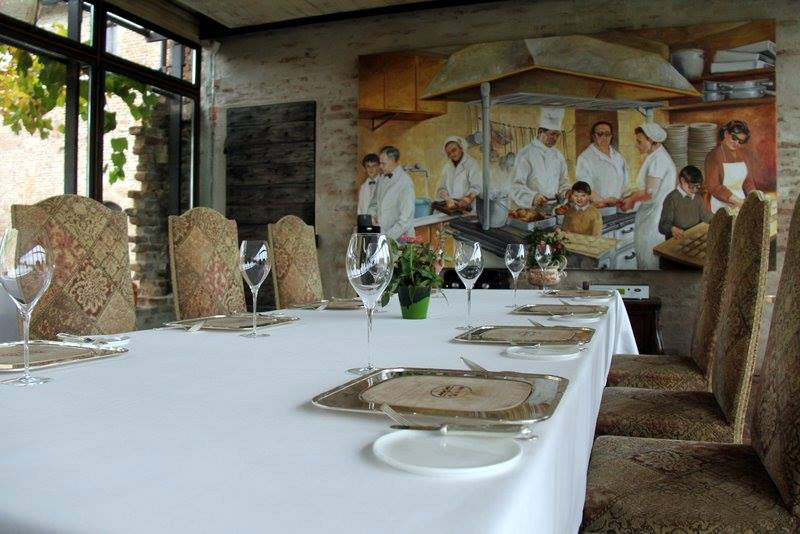
Massimo Spigaroli
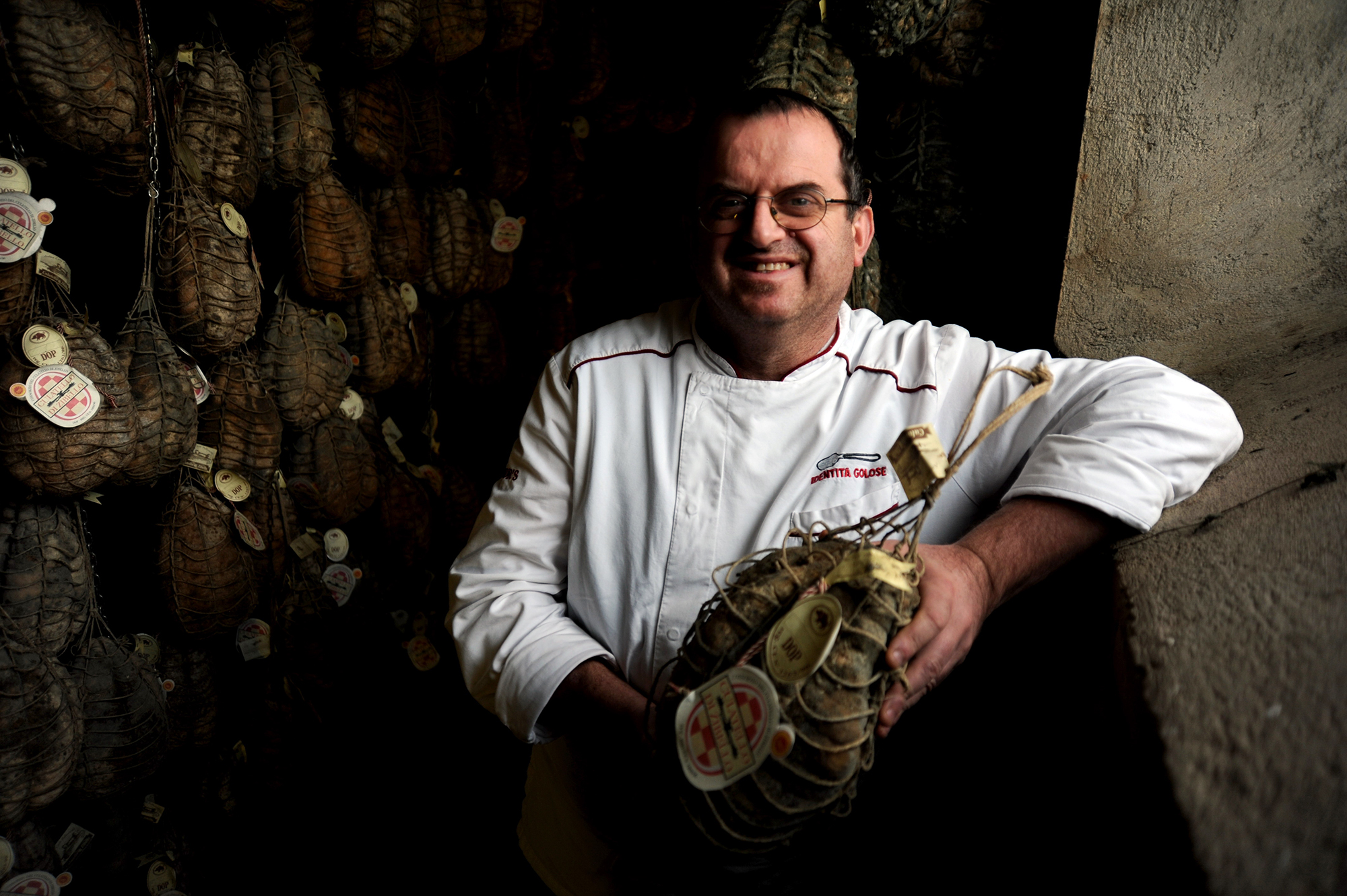
Massimo Spigaroli was born in Polesine Parmense from Marcello and Enrica Micconi on April 27, 1958. Already as a child he prefers to help aunt Emilia (local cook / icon) in the kitchen, where, they say, arranged anolini and tortelli in a row as lead soldiers . He enrolled at the Hotel School of Salsomaggiore graduating with honors and, still sixteen, presents a special dish of his creation at the Circolo della Stampa: "The liver in a net of Spigaroli".
So the experiences in the best 5-star hotels in Italy and abroad and the participation in important gastronomic competitions such as "Cuoco d'Oro Internazionale", ranking at the age of 17 according to screaming chefs. Meanwhile, he is summoned by both Luigi Veronelli at the presentation of his first television show and by Enza Sampò and Edoardo Raspelli for "What are you eating?", But these are just some examples. In those years the Parma Promotional Consortium was set up in Parma (promotion and culture linked to the territory), Massimo is called to be part of the circle of great Parma chefs to set up the inaugural evening.
At the age of 22 he is called to the Hotel School of Salsomaggiore as a teacher and stays there for 5 years to teach cooking. Particular consideration is given to his culture and his ability as a cook by Massimo Alberini, journalist, gastronome and vice president of the Academy of Italian Cuisine who calls him to teach Parmesan cuisine at the Gritti School of Venice.
Important Missions Abroad
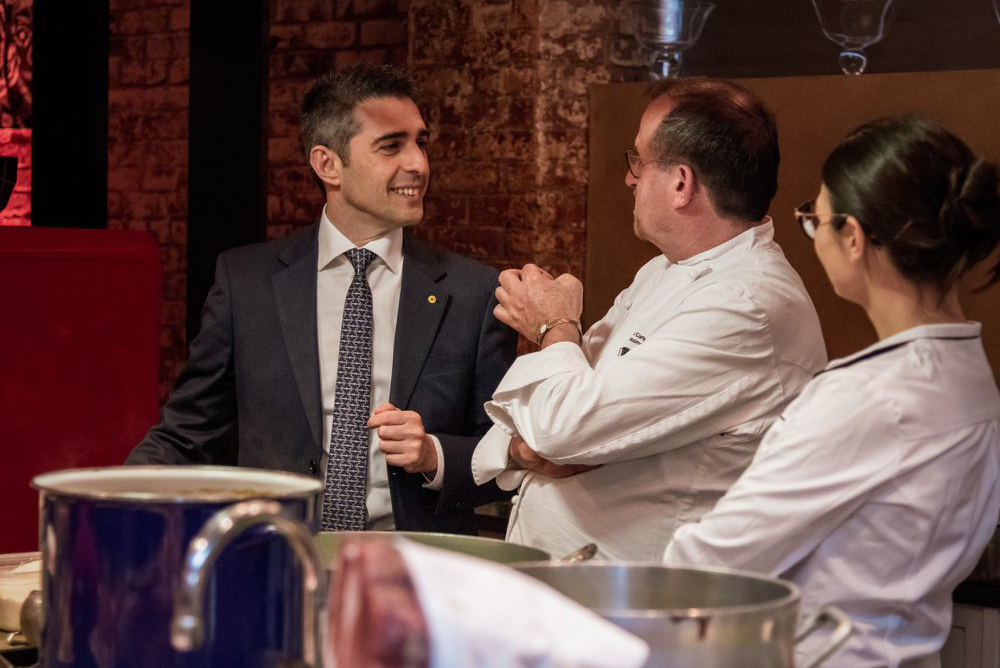
Paris, Strasbourg, Madrid, Buenos Aires, Luxembourg, Vienna, Bourg en Bresse, Monaco, Sofia, Abu-Dabi. In the Christmas of 1987, called by the Italian Navy, it is in the Persian Gulf on the Anteo ship (then escorted to the mercantiles to protect them from the Iranian attacks) to prepare the Christmas lunch for the soldiers.
During the visits of the Presidents of the Republic to the City of Parma, he had the honor of preparing the gala dinner offered in honor of President Scalfaro and President Ciampi, guests at the Prefecture of Parma, obtaining in those years "Academy" Italian Cuisine "the" Excellent Cooking Diploma ".
The last "Enterprise", instead, signed by Spigaroli, is the collaboration made in the winter of 2007 with Prince Charles of England in his farm - held in Wales where he was offered operational advice as a gastronomic and pork.
Ambassador of Italian Cuisine
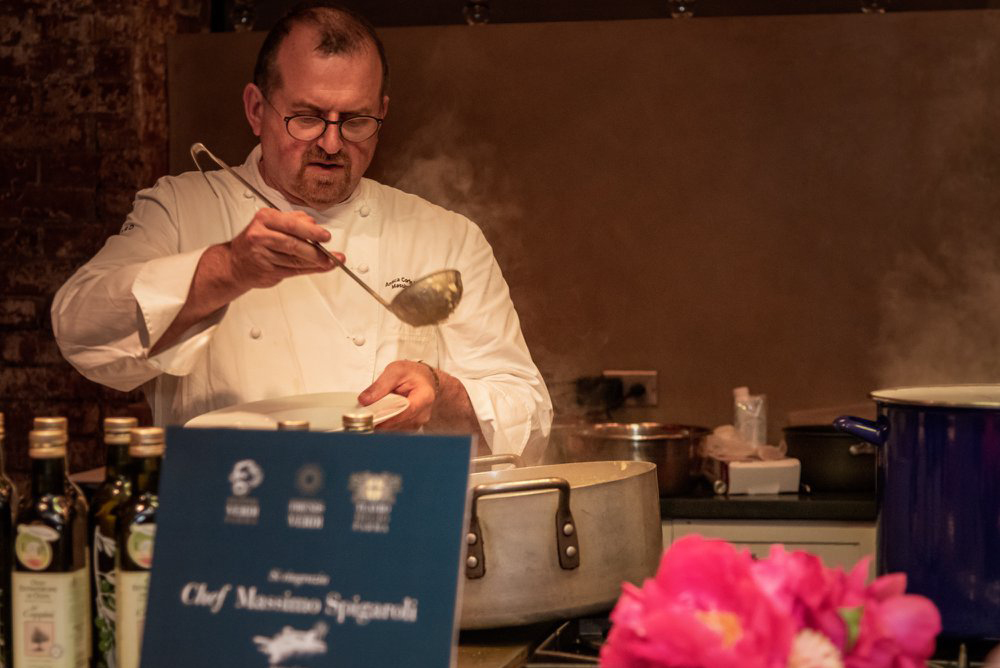
Seoul on the occasion of the entrance of Italian cured meats in Korea.
Montreal at the Lumiere festival.
Dubai as promoter of Italian cuisine.
Tokyo for training at the Actory School. br /> Sidney on the occasion of the Italian month, to train and take care of the culinary events.
Roles Covered Today

President for over 25 years of the Consortium for the Vicinally Roads of S. Franca and Ongina (consortium of farmers).
President of the Consortium of Culatello di Zibello since the nacity of the same.
President of the Road of the Culatello di Zibello since its foundation.
President of the Consortium of the Black Pig of Parma.
Professional member of the French "Chaine des Rotisseurs".
Member of the national council of the "Euro Toques" association .
Lecturer at ALMA, the "International School of Italian Cuisine".
Speaker at the "Identità Golose" and "Gambero Rosso" events.
Now he follows the restaurant at the family restaurant " Cavallino Bianco "and since September 2009 he personally takes care of the Relais Antica Corte Pallavicina and the attached restaurant which was immediately awarded the first Michelin star and the three red forks and where he expresses his concept of" gastrofluvial "cuisine made with productsof the territories.
He has participated in the broadcast of Rai 3 "Ballarò" as one of the examples of Italy that works and that through the commitment can reassess and grow a whole territory.
The Cellars
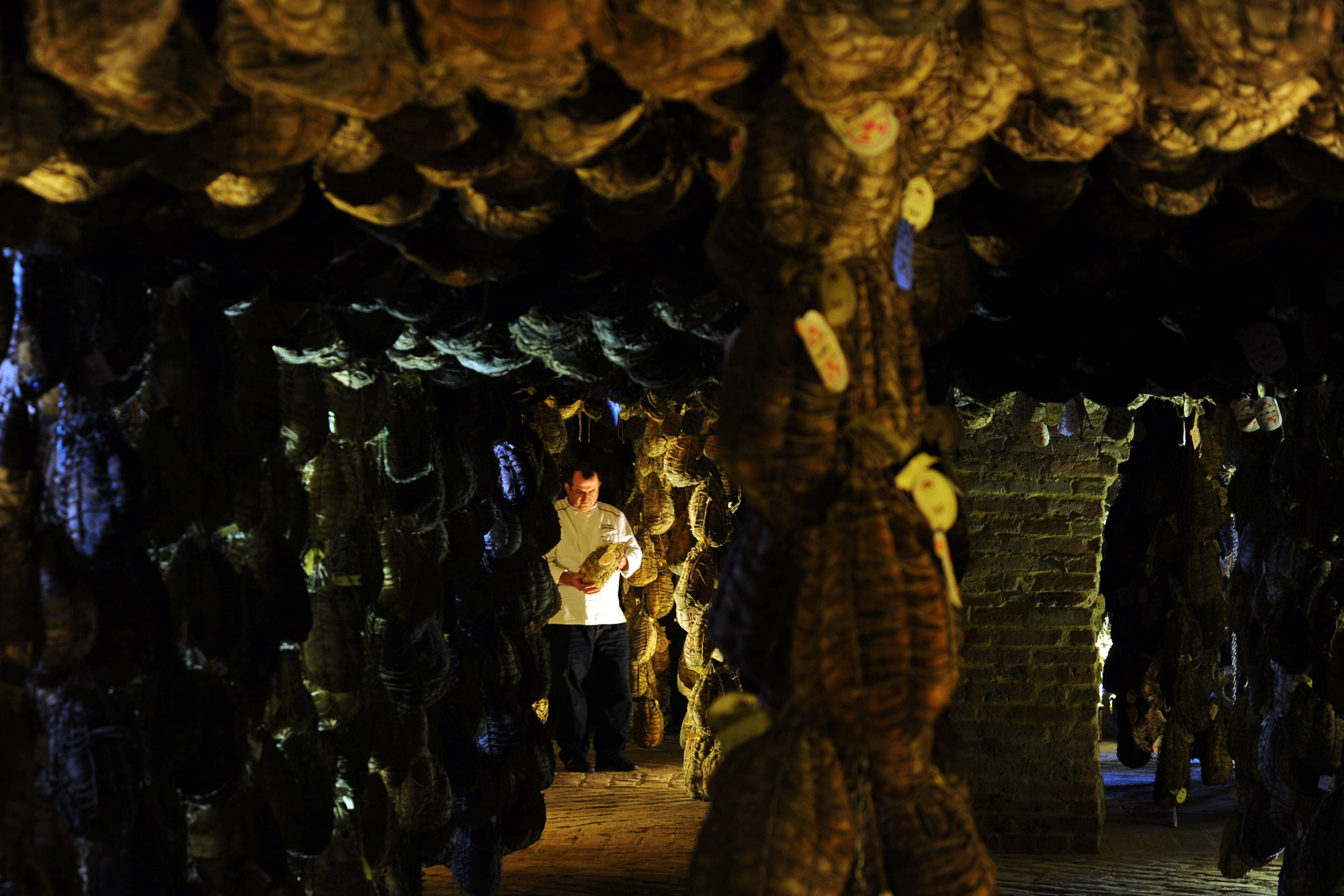
The cellars of the Court, built in 1320 by the Marquises Pallavicina, were used by them to season cured meats, cheeses, to refine their wines and store the products of their countryside. A place rich in history, where the Culatelli ripened and sent them to the dukes of Milan (the Sforza) using them for banquets at the Sforzesco castle, or as a precious gift to ingratiate themselves with the highest nobility of Europe or fearful leaders.
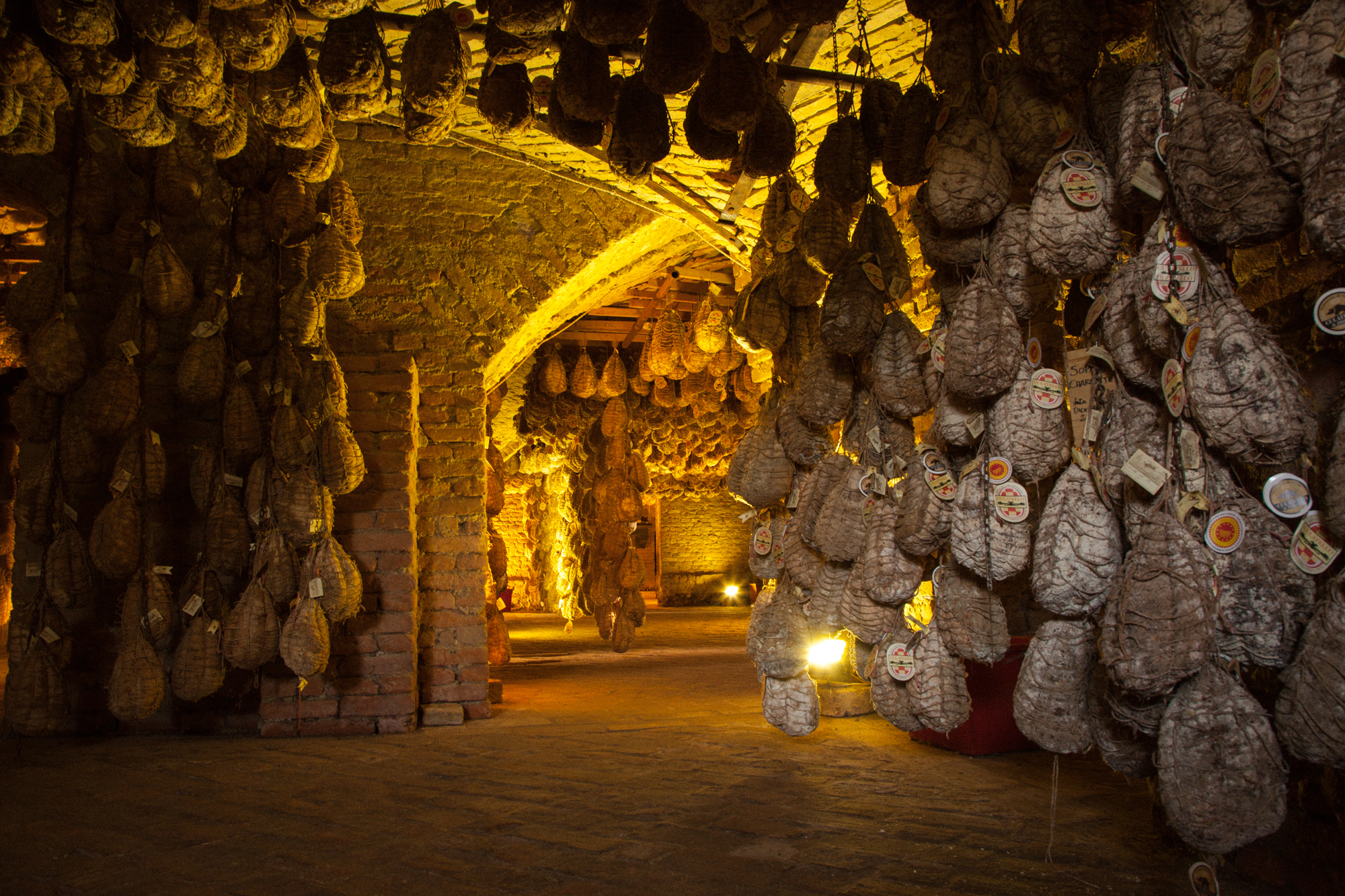
A large part of these cellars is dedicated to hosting cooking and master classes on the Culatello, small events such as suggestive dinners, perhaps by candlelight, but also small conferences where we talk about art, wines, typical products, Po river and of the history of our lands.
The Noble Floor
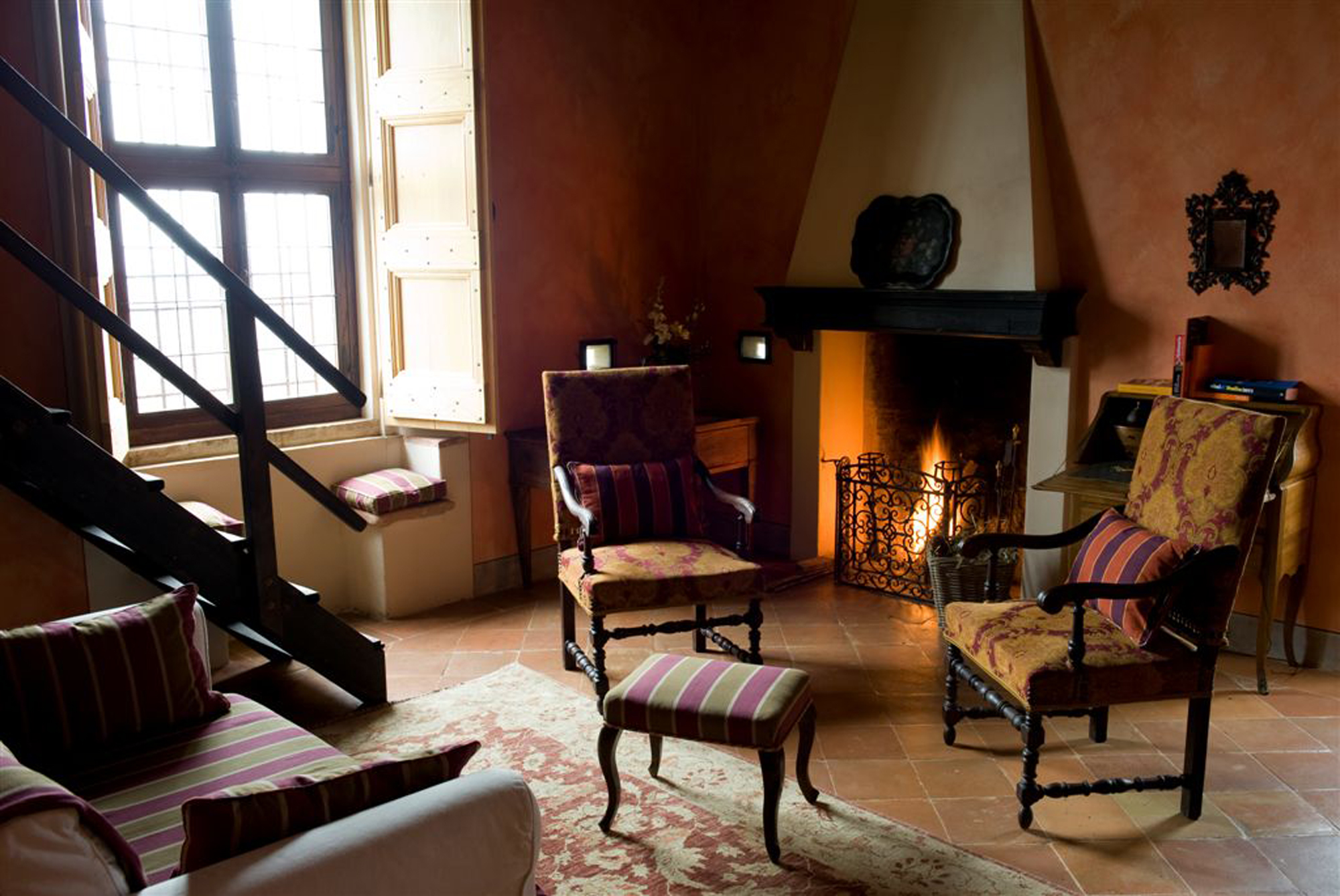
Part of the rooms of the Piano Nobile will remain at the complete disposal of our guests, perhaps to relax drinking a tea of Capuchin friars of the abbey of Torrechiara or reading a good book! While in the tower of the zodiacal signs you can consult our collection of books entirely dedicated to the pig and all that concerns this territory. Part of the rooms on the main floor will remain at the complete disposal of our guests, perhaps to relax drinking a herbal tea grown and harvested by us following the ancient family recipes or reading a good book. The rooms are frescoed with motifs related to the agricultural and mythological world. Soon a library of over a thousand pieces will be available to guests, including the pig, the cuisine and the history of the "low" people.
The Restaurant
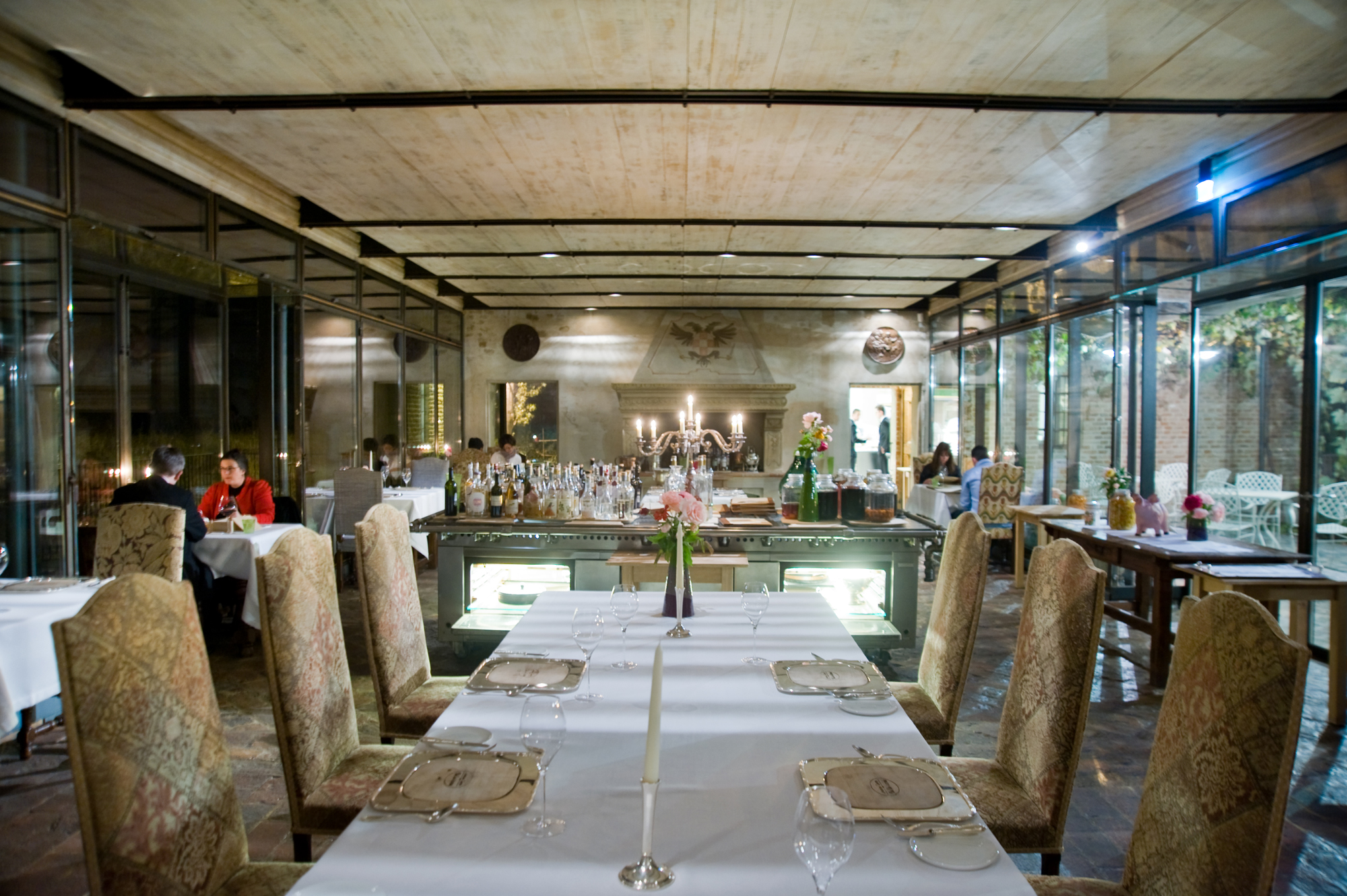
... as a child I had a dream: to be a cook !!
The most beautiful choice I could make ...
At eighteen another ... produce everything I would have cooked.
The castle where Dad was born would have been the perfect place to blend culture and hospitality ...
The dream came true when we bought it at the age of thirty.
After twenty years the works are finished.
By now almost all my dreams have come true ...
It remains the last, the most difficult, the most important ...
Build and grow a great kitchen that can enhance what I produce and the gastronomic culture of my land!
So I promised my mother ...
I will try as usual, working in silence and with humility.
Massimo Spigaroli - Written in San Francisco on 22nd January 2010, looking at the bay
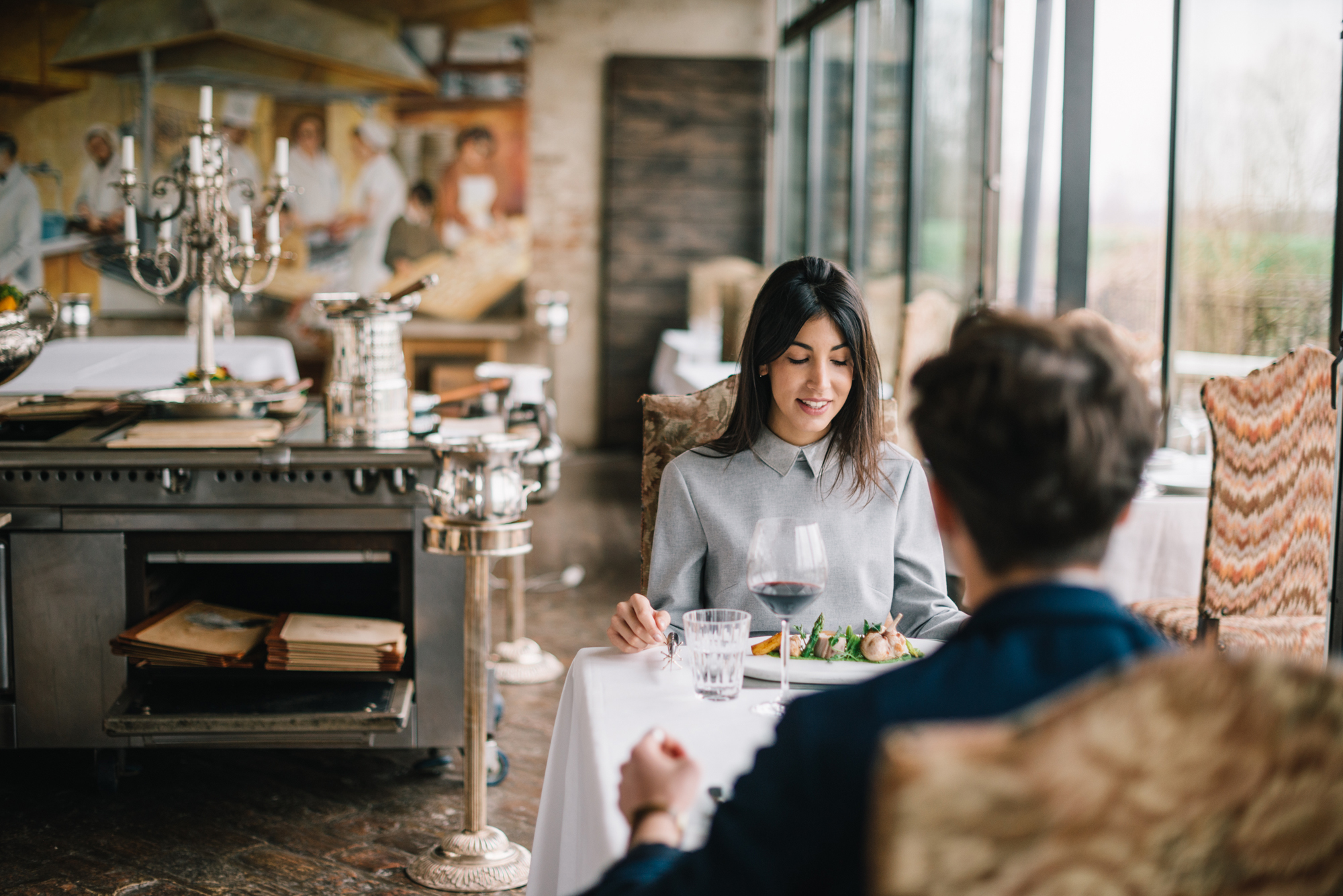
Six years later I get the pen back! Several times I held back ... but today the Antica Corte Pallavicina attracts guests from all over the world who come here to visit our little world!
A farm that with its ancient knowledge maintains an area where every animal race or plant variety is preserved.
An archaic system always defended by our family, a difficult path!
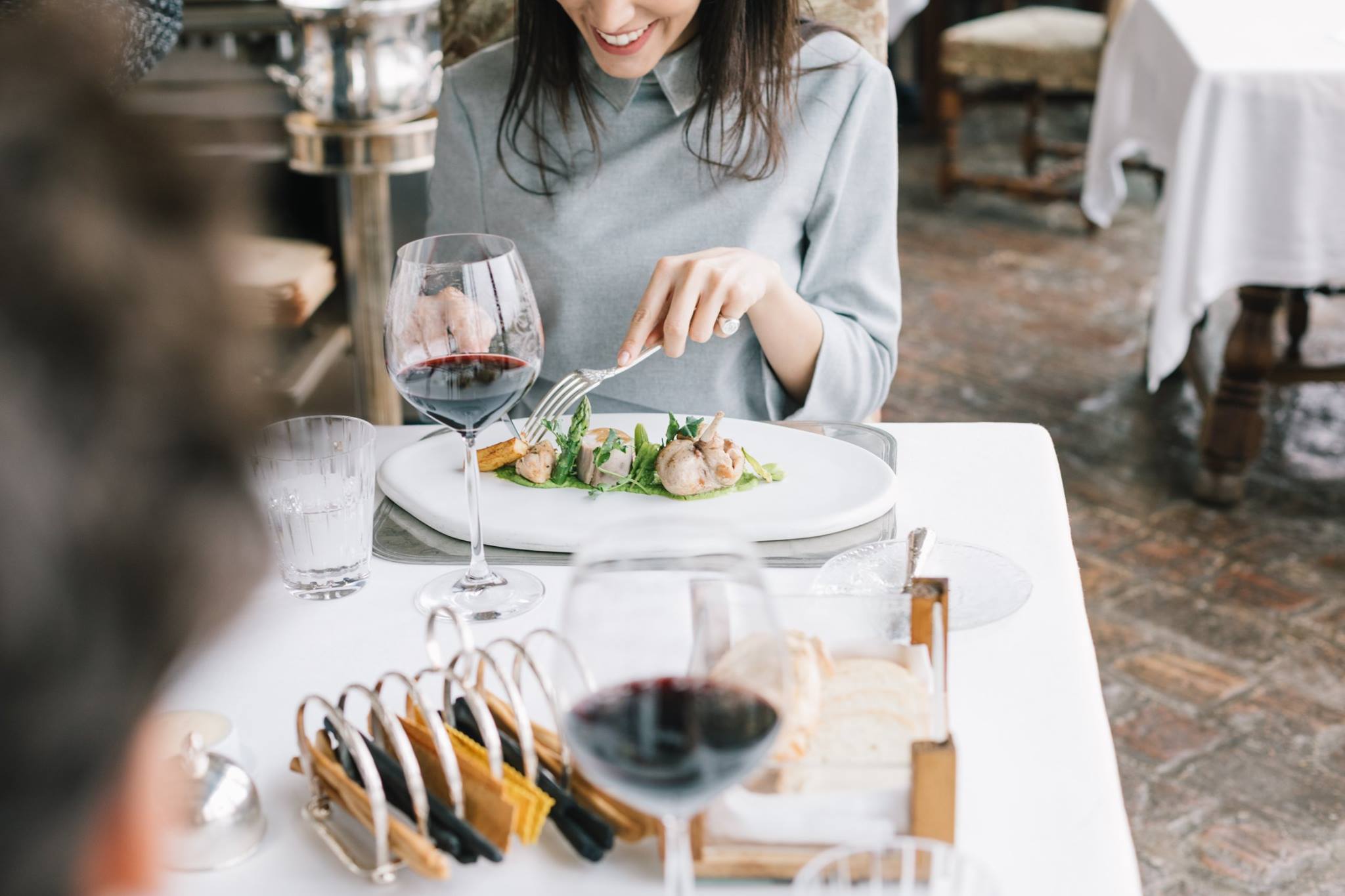
Sometimes it seems impossible!
But in those moments I think what would be my kitchen without those products so important...
Rooms
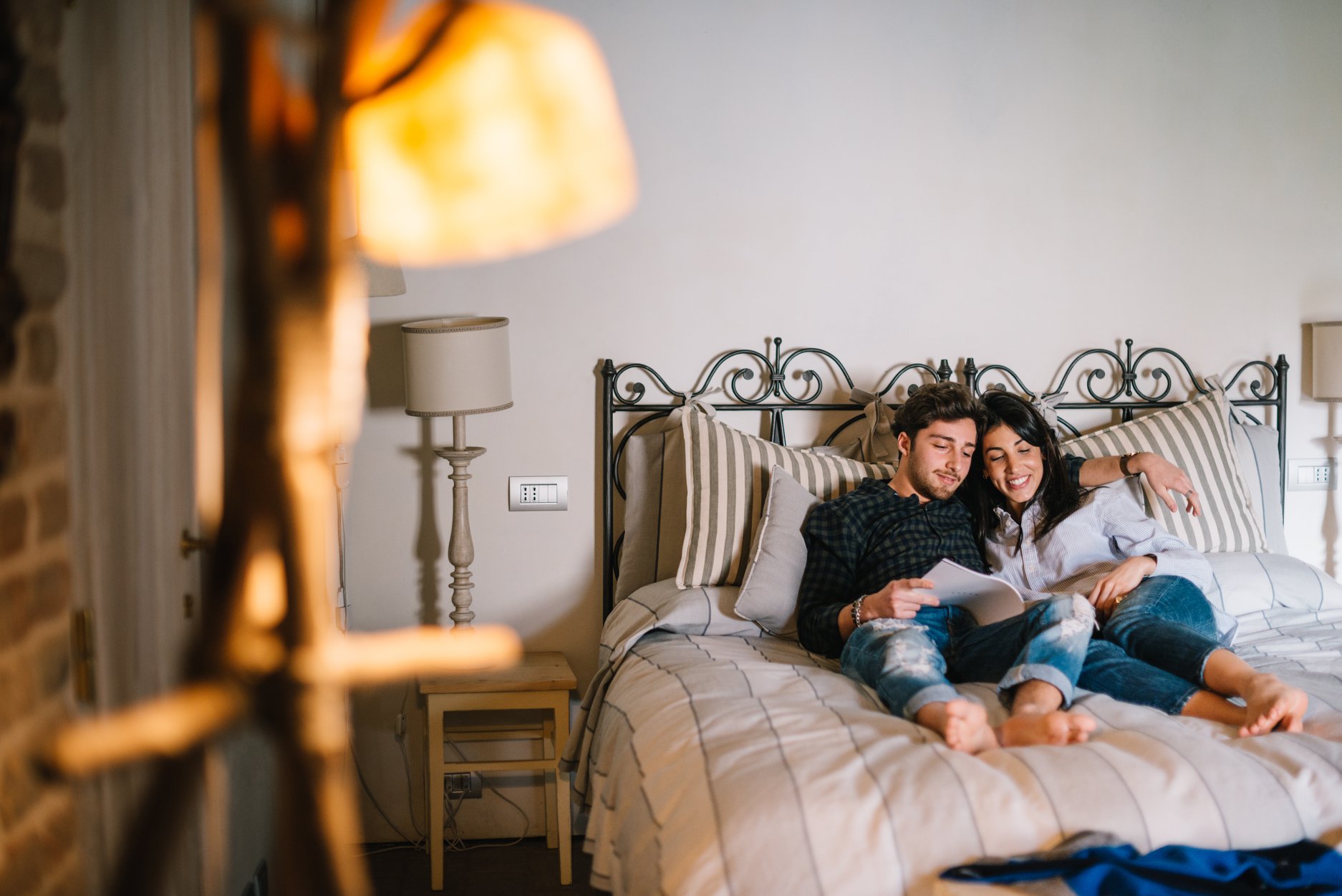
The Relais offers its guests eleven rooms all on the first floor served by a lift. They are simply elegant, with all the comforts and attention to detail, the modern style inserted during the renovation works pleasantly blends with the period furnishings and the magnificent sixteenth century coffered ceiling.

The large windows offer pleasant views of the pastures and the great river. Each room has a working fireplace, bathrooms and large bathtubs (standard and superior). The washbasins are the result of the work of local master craftsmen such as the poplar wood shower mats.
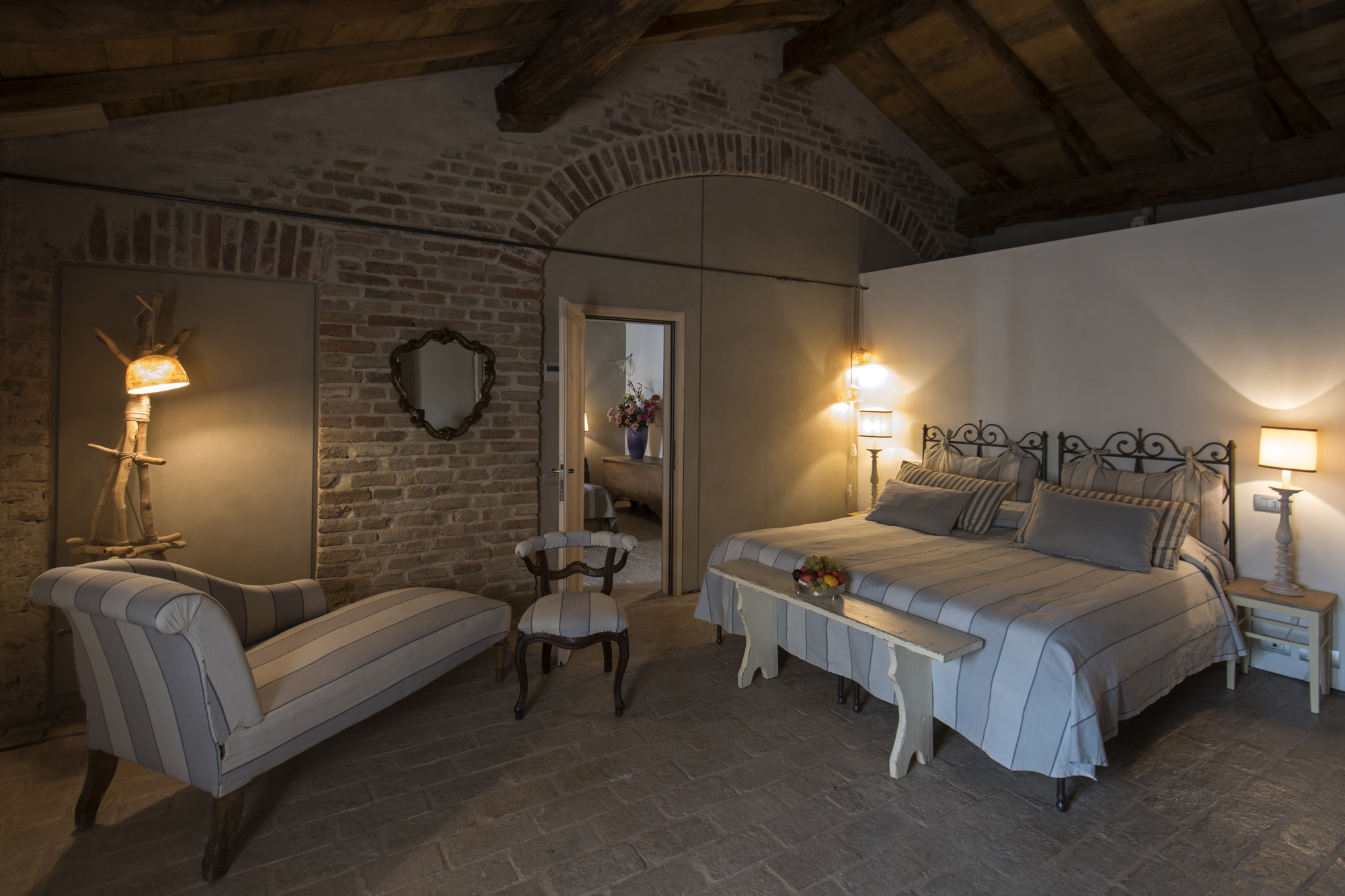
The soaps, also handcrafted, are products based on olive oil flavored with different essences of wine. A basket of seasonal fruits and a mini-bar with water and fruit juices of company production are available to customers.
Hosteria of Pig and Culatello
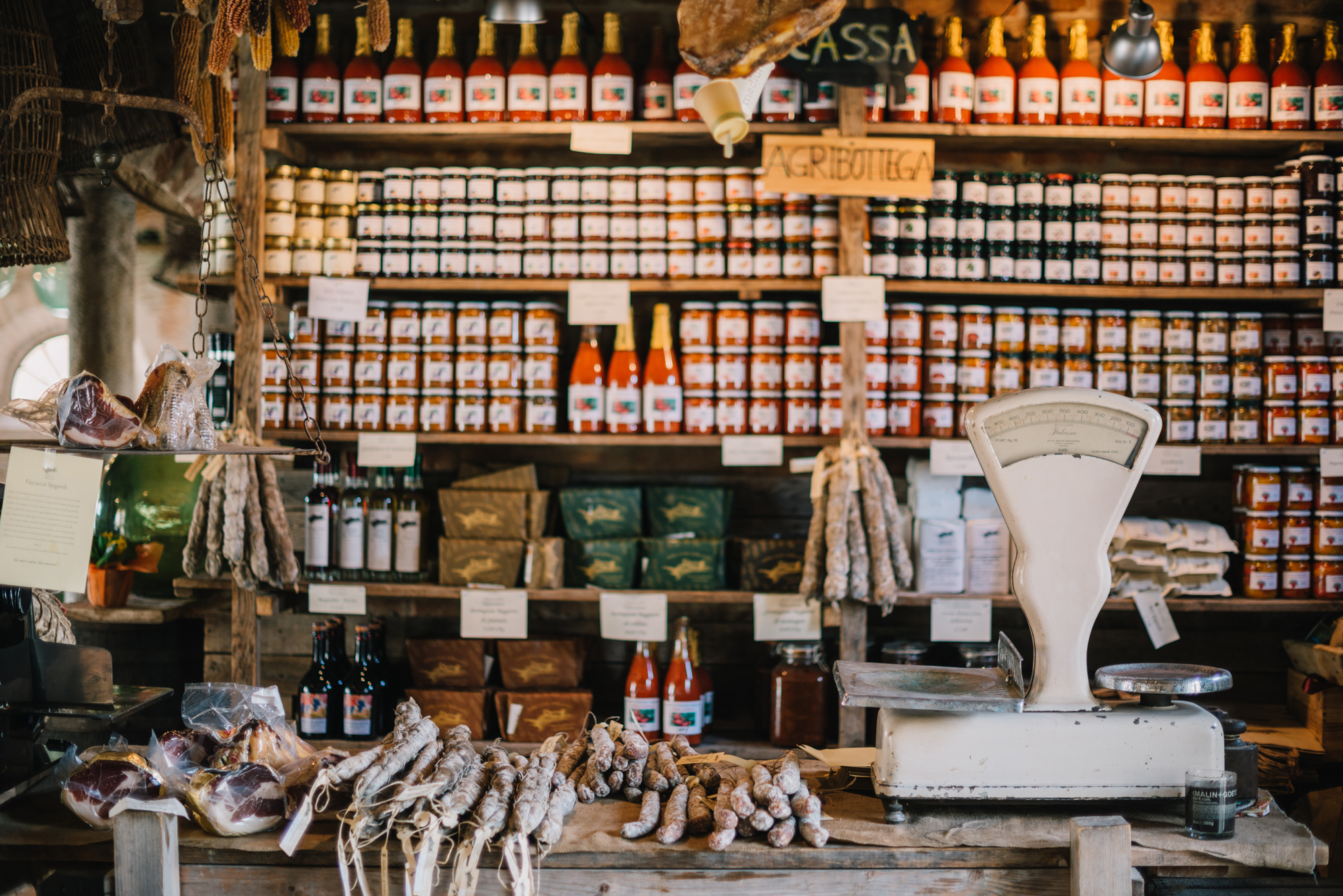
The Hosteria of Pig is a recovered place where you can still breathe the authentic air of the ancient medieval hosterias, where the environment and the dishes tell the story of an important tradition. The Po is the great river and the stories of thousands of people have crossed on its banks and its waters. Even those of the Spigaroli, current owners of the Ancient Court Pallavicina of Polesine Parmense (PR), who have decided to revive after almost a century a place that belongs to their tradition, and that of their land.
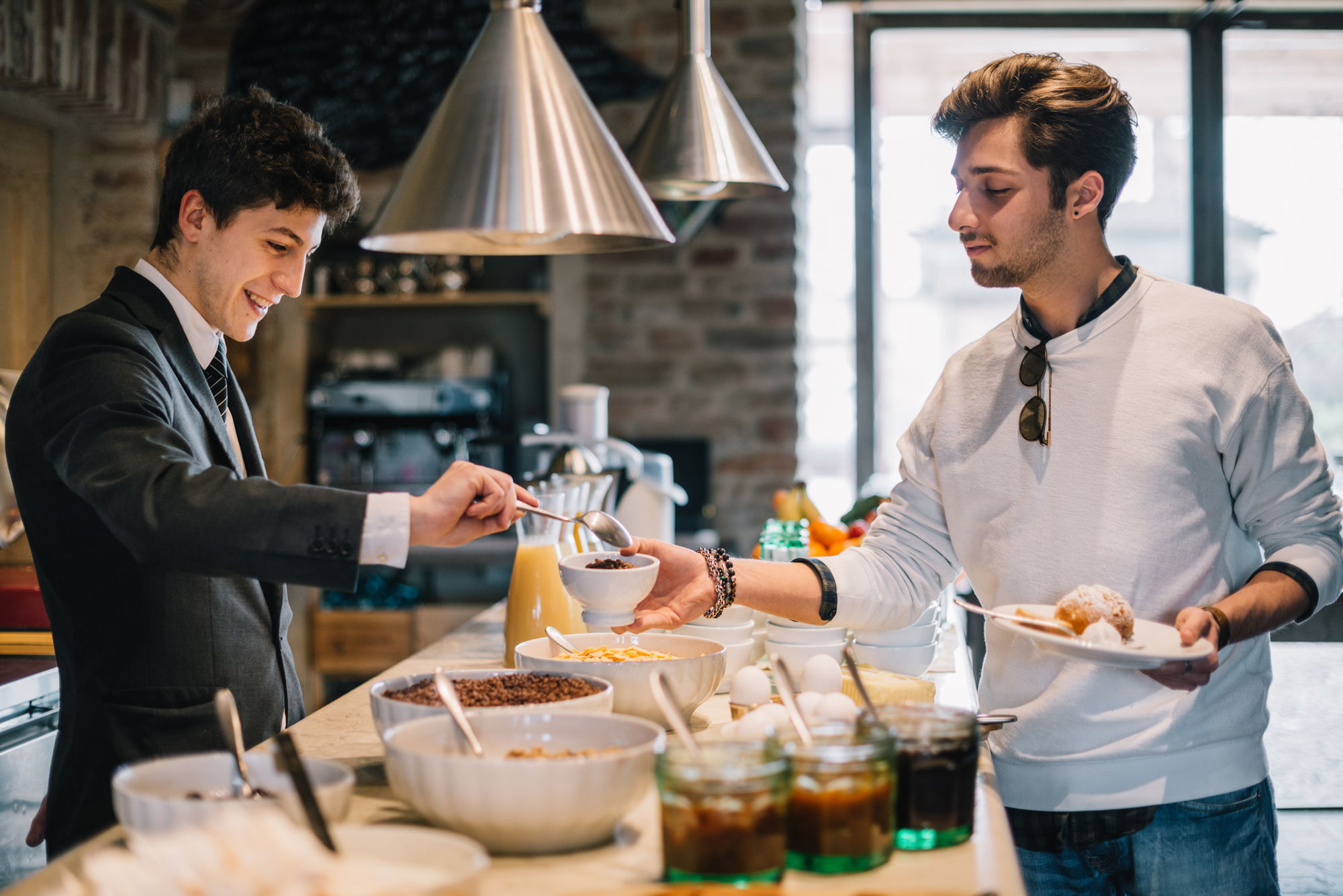
Hosteria of Pig is a place with an ancient and welcoming charm, where it is possible to rediscover the ancient recipes that have made the "Bassa" great or to taste only a good plate of cold meats accompanied by country breads of ancient grain flours. Come and visit us and discover the recipes and dishes that have made these places famous.

"I always dreamed of having a place to tell a territory and where the territories are told! Recover a place that has always been used for stories, such as the stable of the castle, the place of stories told by travelers, by the wanderers or by the people who lived there! A place to present the work of those who work to not lose our memories, our traditions and above all where we can find good food". Massimo Spigaroli
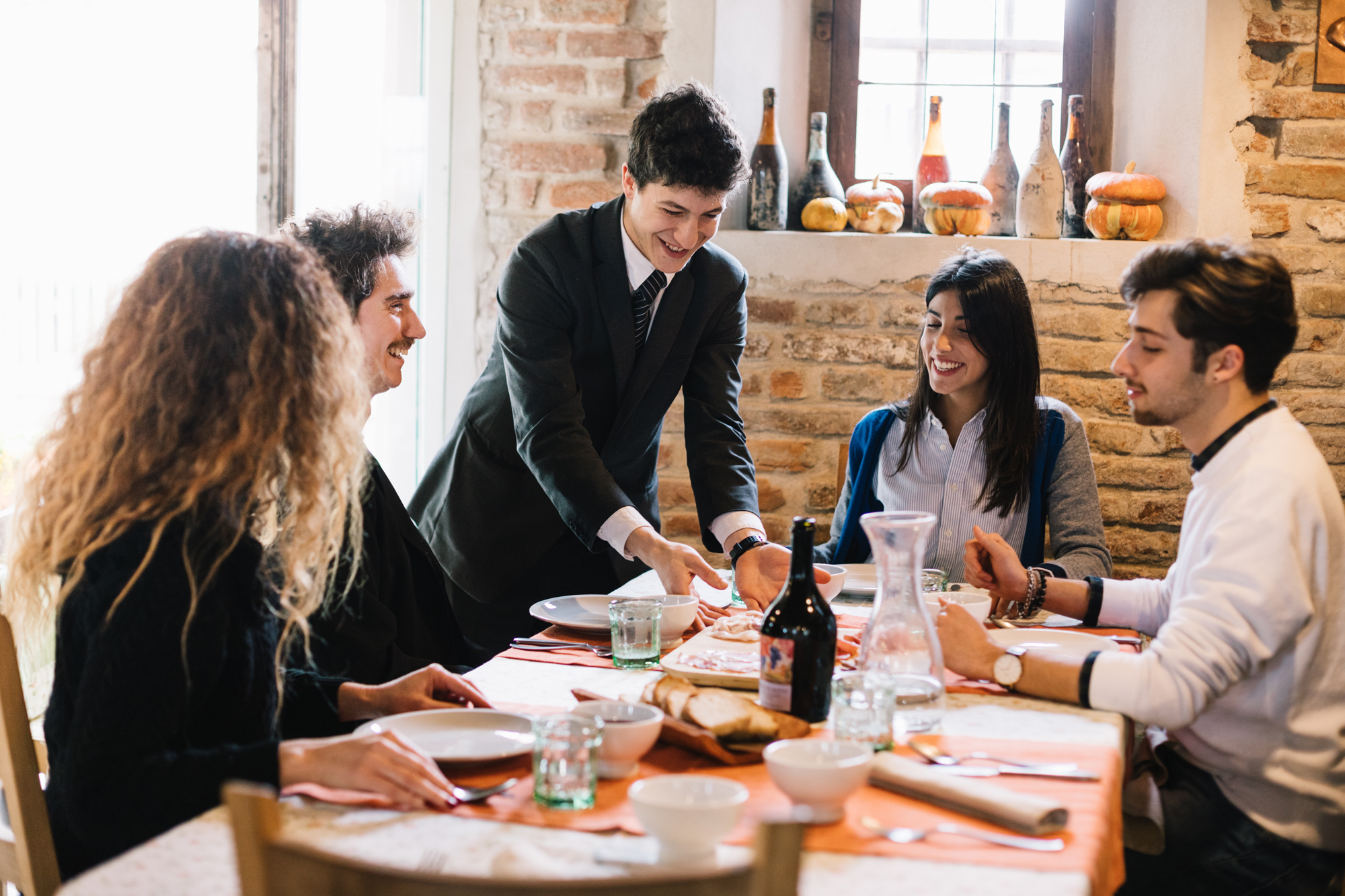
Museum of Culatello and Masalèn
A museum wanted by our family, dedicated to the territory and to all its people. So we had to. Spigaroli Family

The complex of the Ancient Court Pallavicina di Polesine stands out in a glimpse of Bassa dominated by the sound of the Great River, where the fog is an essential ingredient of taste. The museum itinerary presents, one after the other, the protagonists of the Culatello story. The first is the territory: the environment, the poplars, the Po are the protagonists of a narration that leads to the hall focused on the figure of the pig, tamed by man in ancient times, with insights on the typical black pig of Parma and its recovery, on the symbolism and image of a creature so linked to man to be chosen to evoke its vices and virtues.
A space in the museum also offers an in-depth analysis of the figure of Sant'Antonio Abate, a desert hermit, always represented in the company of a piglet. The next room is dedicated to the story of the Spigaroli family, in principle sharecroppers of Giuseppe Verdi, able to move on the banks of the Po and then reinvent themselves restaurateurs: it is in this section that we begin to talk about the Masalen, the butchers who handed down the art of correct slaughter of the pig.
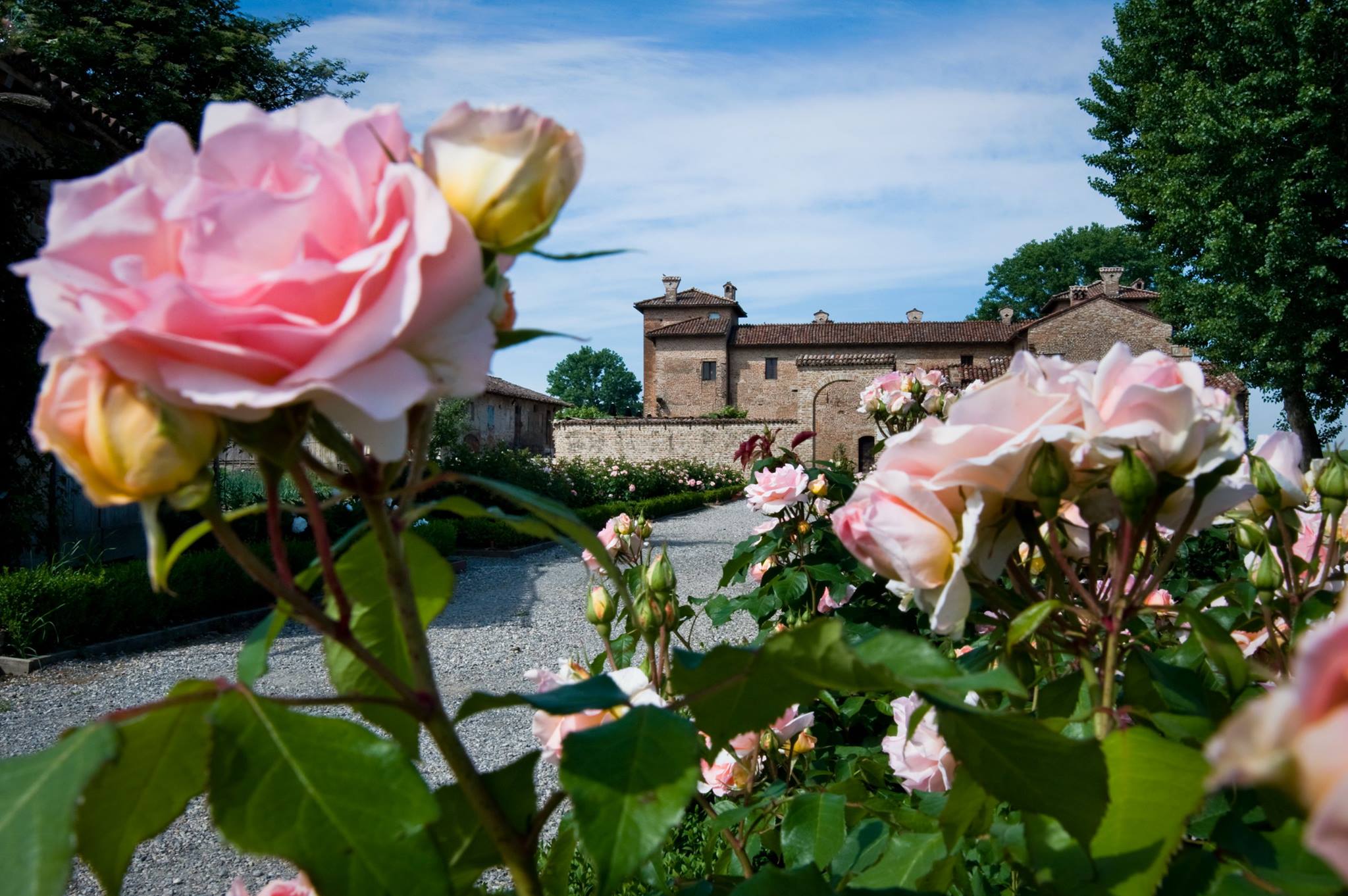
A collection of objects related to the activity accompanies the return to the outside, before diving into a large underground space that will introduce us to the secret world of Culatello. In the room there are themes such as the characteristics of pork, salt, pepper and the main cold cuts of the Bassa Parmense.
We then move on to the history of Culatello, to the iconography and quotations of famous people, from Giuseppe Verdi to Gabriele D'Annunzio to Giovannino Guareschi and many others, with a precise account of the phases that lead the pig's thigh to a product also characterized from a precise tasting ritual. The route also allows you to observe the fascinating culatello gallery, which age in the humidity and in the penumbra, museum of itself, before going up to the hall of Hostaria del Maiale and Culatello, where the tasting closes the path dedicated to King of Salumi.
Services
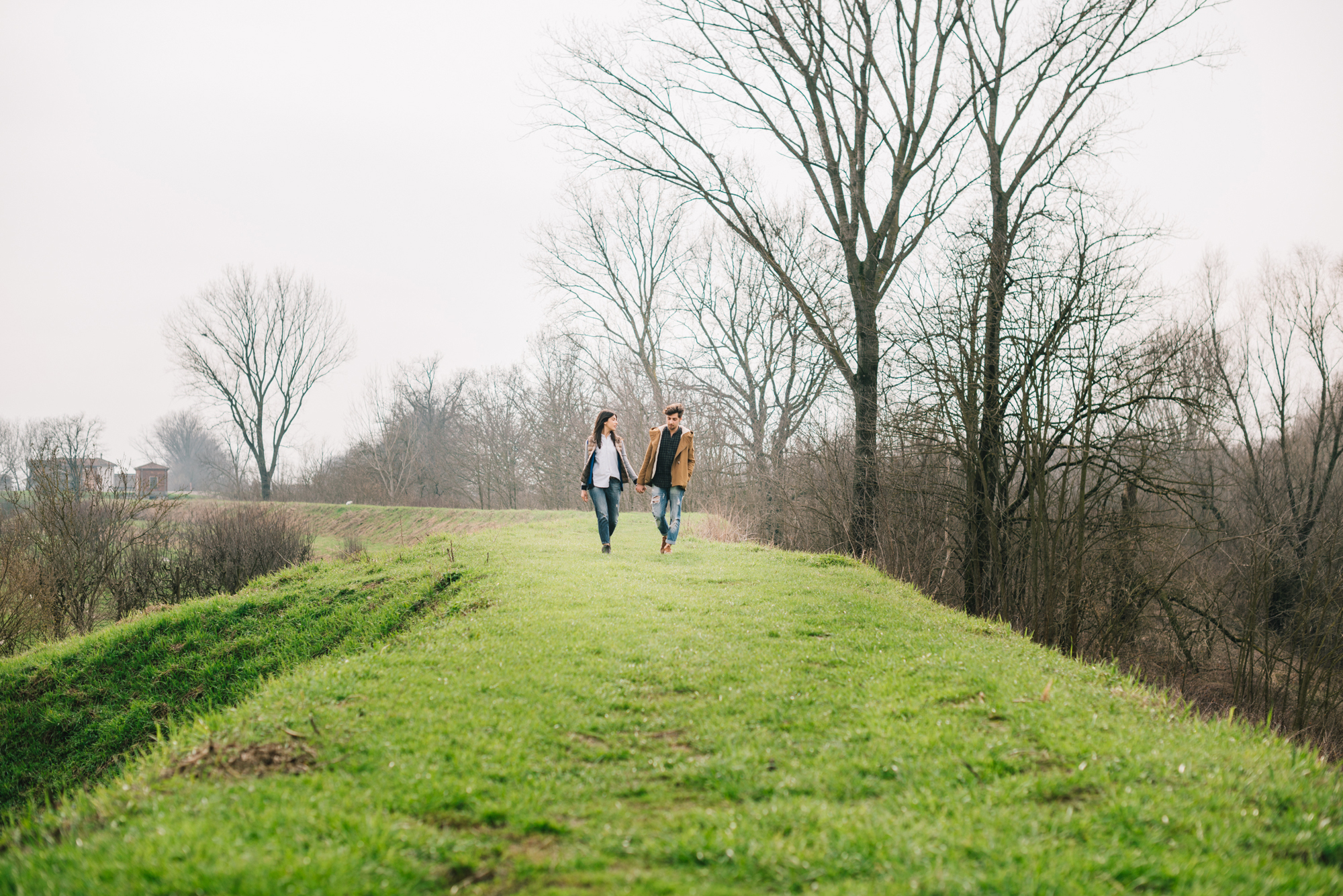
Inside the museum it is possible to take photos and videos for personal use without flash or tripod. In the Agribottega, inside the Hosteria del Maiale and the Culatello, it is possible to buy guides, publications, objects, cured meats, cheeses and farm products. Possibility of visits to the vegetable garden and the breeding of pigs in the wild on marked routes.
At the end of the visit, the visitors will be able to take advantage of the "food" areas inside the Antica Corte Pallavicina: in the Hosteria del Maiale and Culatello, where you can still breathe the authentic air of the old huts of the Bassa, or in the starred restaurant. an exclusive environment, with windows overlooking the Po and a refined and refined cuisine.
Teaching Activity
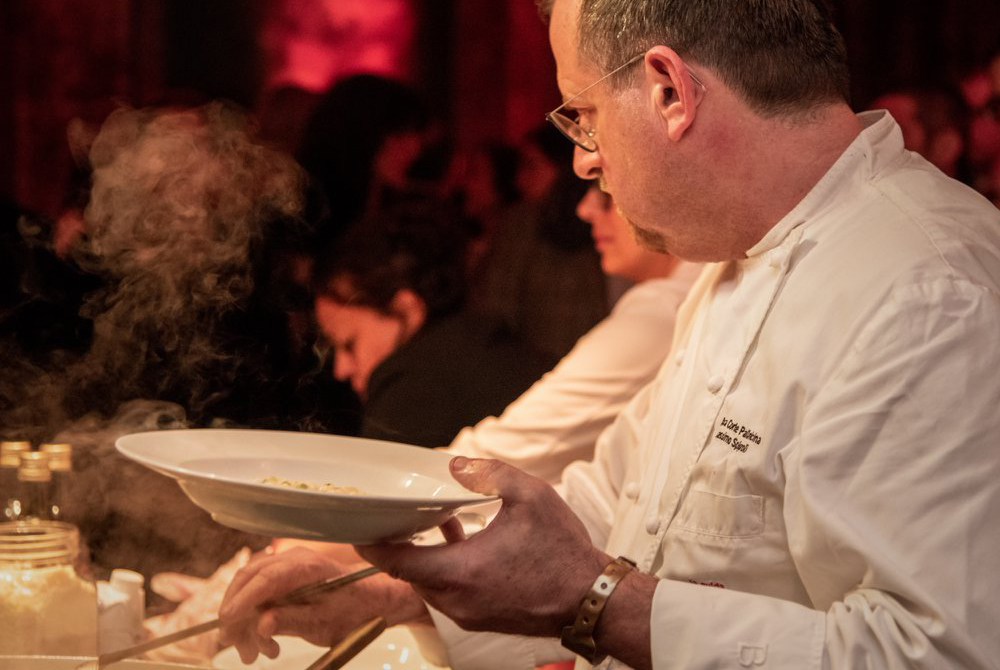
At all the Food Museums schools or groups can carry out educational workshops, which deal with different technical-scientific issues. Animated tours for children are also possible, discussion games for the older ones, tastings, tastings and field visits.
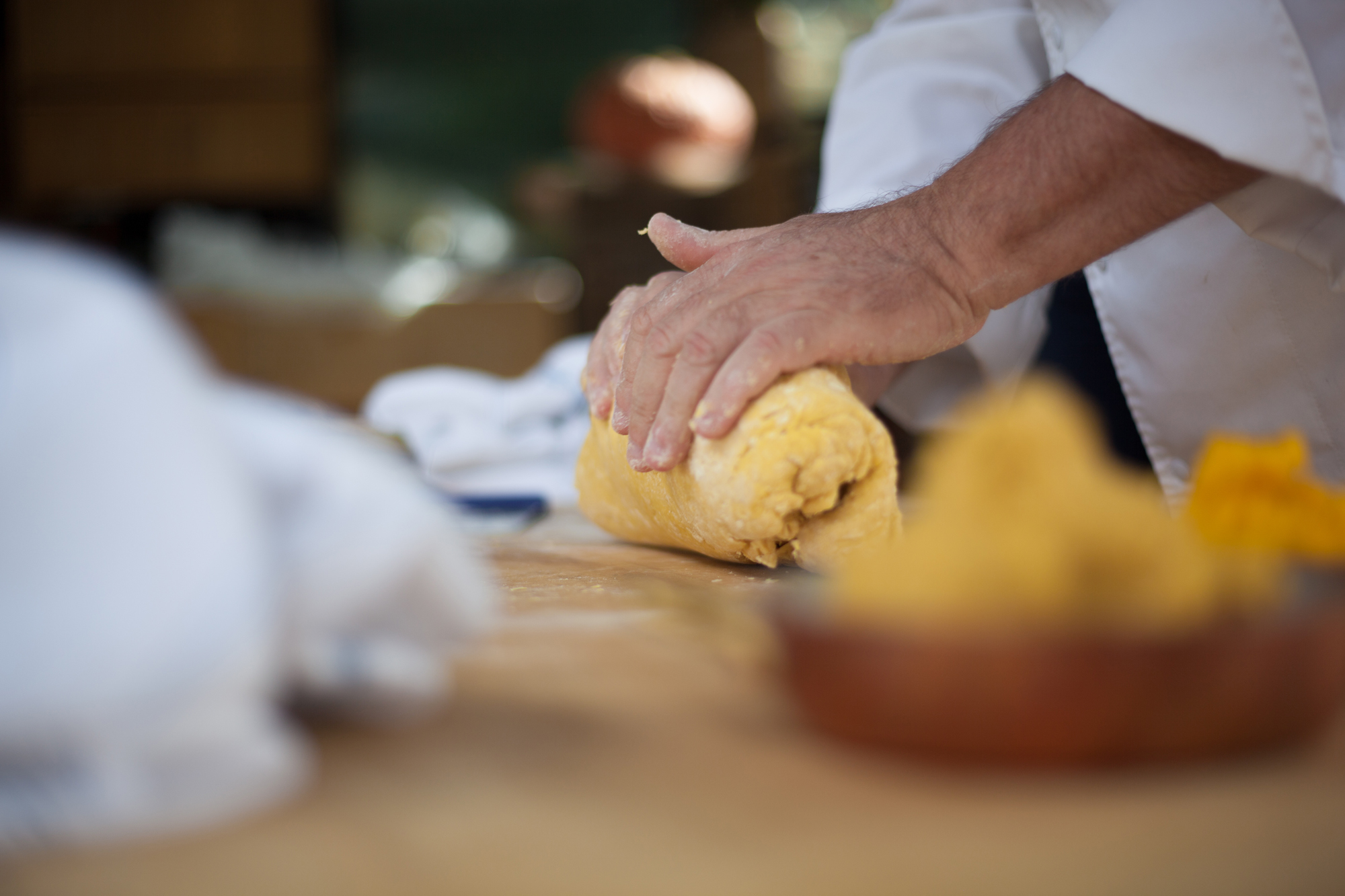
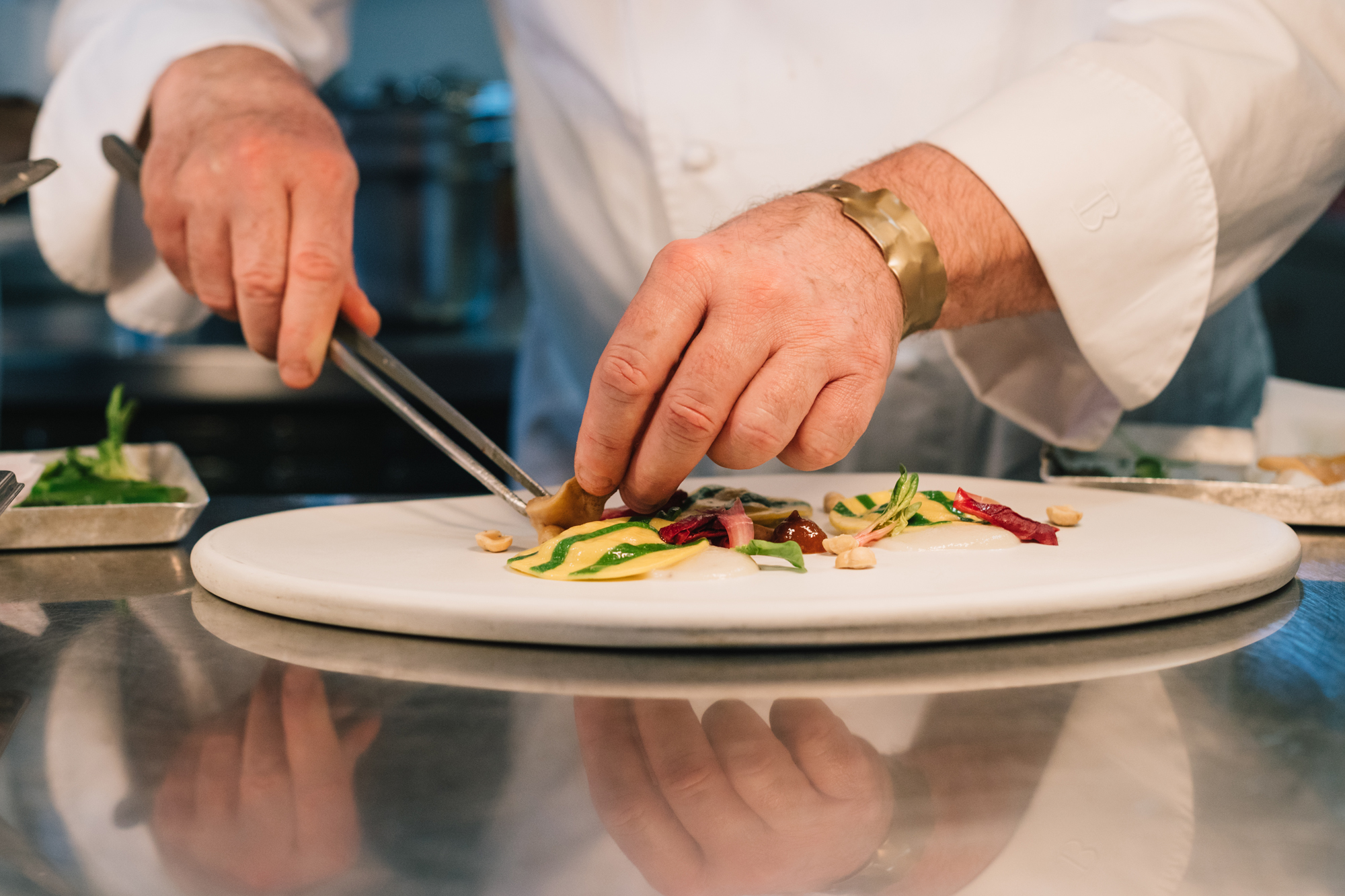
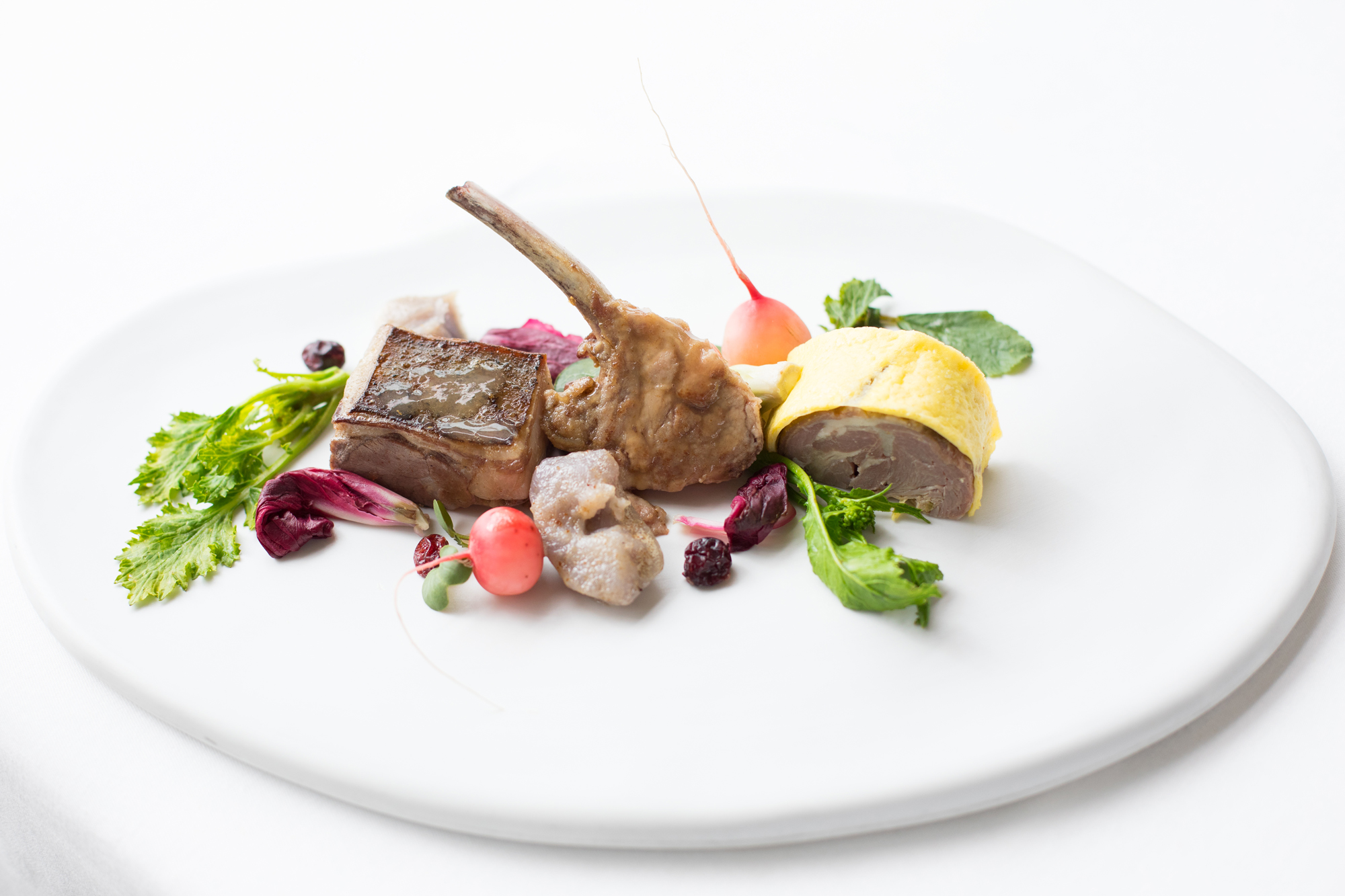
Where Are We
Castello Pallavicino - Strada Palazzo due Torri, Polesine Parmense (PR), 43010, Italy
Antica Corte Pallavicina
Welcome to The Antica Corte Pallavicina

"Our great-grandfather was a sharecropper in the Piantador farm of the master Giuseppe Verdi. Our father said that his grandfather told him that the Master (as he was called in the area) was a great connoisseur of good things"...

History

The restorations after almost twenty years are over! It was hard. It seemed impossible, but we did it! And how could we not do it? When our great-grandfather left the Piantador farm of Maestro Giuseppe Verdi, he arrived at the Pallavicina Court with his sons and passed from tenant to tenant. It was just a beautiful achievement! All together they began to work this large farm from the fertile land in the flood plains around the palace with so much enthusiasm and with all the knowledge and experience gained in Piantador.
They raised pigs, chickens, turkeys, geese, ducks and silkworms. They milked cows, planted poplars, made bundles and grew watermelons, wheat, melica, vegetables. In winter they made cold cuts according to ancient customs. Then they took the contract to clear the snow from the streets, they invented the ferry on the Po towards the Cremonese, they also started making concrete blocks! And all this always around here and in the court where our father was born in 1916. And how could we let it collapse!

When we finally managed to buy it, in 1990, it was almost ruin! The only really substantial restoration work dated back to 1550, at the end of the 1700s Maria Luigia Duchess of Parma, Piacenza and Guastalla (as well as Napoleon's wife) installed her border guard, the "Dragons" to protect the flourishing river traffic. and lowering the towers of a floor.
Since 1850 the Court was divided into small houses and used by farmers, fishermen, carters and craftsmen. Nobody believed it any more, the Po had moved and taken it: it had remained in the river, which flooded it periodically! And here we are. It seems like a dream, but it's really true: it's done.

That unique cellars where the Marquis Pallavicino seasoned the cured meats have returned to be filled with culatelli, the old cheese maturing room has resumed its ancient function, the icebox and the prison have emerged from the mud and the frescoes have returned to their splendor, the fireplaces burn poplar wood and on the first floor the warm and comfortable rooms are ready to host demanding guests.
Almost twenty years have passed, but in this place there are all the memories of our family and it is with this awareness that we have treated it, restoring it slowly, slowly as a newborn mother would have grown: sweetly and with a thousand attention, involving all the craftsmen still masters of the ancient knowledge of the place, using the bricks of the same era, the wood of poplar and oak of the same land!
But unfortunately to this goal there are no more mum and dad ... who were so enthusiastic and participated in this project! Patience is said, it is life. But it's not like that, parents never forget! Maybe from now on they look at us and smile smugly.
Now, a new challenge, no less difficult than the last one! Make known and relive this place linked to its people, its products, its territory.

Massimo Spigaroli

Massimo Spigaroli was born in Polesine Parmense from Marcello and Enrica Micconi on April 27, 1958. Already as a child he prefers to help aunt Emilia (local cook / icon) in the kitchen, where, they say, arranged anolini and tortelli in a row as lead soldiers . He enrolled at the Hotel School of Salsomaggiore graduating with honors and, still sixteen, presents a special dish of his creation at the Circolo della Stampa: "The liver in a net of Spigaroli".
So the experiences in the best 5-star hotels in Italy and abroad and the participation in important gastronomic competitions such as "Cuoco d'Oro Internazionale", ranking at the age of 17 according to screaming chefs. Meanwhile, he is summoned by both Luigi Veronelli at the presentation of his first television show and by Enza Sampò and Edoardo Raspelli for "What are you eating?", But these are just some examples. In those years the Parma Promotional Consortium was set up in Parma (promotion and culture linked to the territory), Massimo is called to be part of the circle of great Parma chefs to set up the inaugural evening.
At the age of 22 he is called to the Hotel School of Salsomaggiore as a teacher and stays there for 5 years to teach cooking. Particular consideration is given to his culture and his ability as a cook by Massimo Alberini, journalist, gastronome and vice president of the Academy of Italian Cuisine who calls him to teach Parmesan cuisine at the Gritti School of Venice.
Important Missions Abroad

Paris, Strasbourg, Madrid, Buenos Aires, Luxembourg, Vienna, Bourg en Bresse, Monaco, Sofia, Abu-Dabi. In the Christmas of 1987, called by the Italian Navy, it is in the Persian Gulf on the Anteo ship (then escorted to the mercantiles to protect them from the Iranian attacks) to prepare the Christmas lunch for the soldiers.
During the visits of the Presidents of the Republic to the City of Parma, he had the honor of preparing the gala dinner offered in honor of President Scalfaro and President Ciampi, guests at the Prefecture of Parma, obtaining in those years "Academy" Italian Cuisine "the" Excellent Cooking Diploma ".
The last "Enterprise", instead, signed by Spigaroli, is the collaboration made in the winter of 2007 with Prince Charles of England in his farm - held in Wales where he was offered operational advice as a gastronomic and pork.
Ambassador of Italian Cuisine

Seoul on the occasion of the entrance of Italian cured meats in Korea.
Montreal at the Lumiere festival.
Dubai as promoter of Italian cuisine.
Tokyo for training at the Actory School. br /> Sidney on the occasion of the Italian month, to train and take care of the culinary events.
Roles Covered Today

President for over 25 years of the Consortium for the Vicinally Roads of S. Franca and Ongina (consortium of farmers).
President of the Consortium of Culatello di Zibello since the nacity of the same.
President of the Road of the Culatello di Zibello since its foundation.
President of the Consortium of the Black Pig of Parma.
Professional member of the French "Chaine des Rotisseurs".
Member of the national council of the "Euro Toques" association .
Lecturer at ALMA, the "International School of Italian Cuisine".
Speaker at the "Identità Golose" and "Gambero Rosso" events.
Now he follows the restaurant at the family restaurant " Cavallino Bianco "and since September 2009 he personally takes care of the Relais Antica Corte Pallavicina and the attached restaurant which was immediately awarded the first Michelin star and the three red forks and where he expresses his concept of" gastrofluvial "cuisine made with productsof the territories.
He has participated in the broadcast of Rai 3 "Ballarò" as one of the examples of Italy that works and that through the commitment can reassess and grow a whole territory.
The Cellars

The cellars of the Court, built in 1320 by the Marquises Pallavicina, were used by them to season cured meats, cheeses, to refine their wines and store the products of their countryside. A place rich in history, where the Culatelli ripened and sent them to the dukes of Milan (the Sforza) using them for banquets at the Sforzesco castle, or as a precious gift to ingratiate themselves with the highest nobility of Europe or fearful leaders.

A large part of these cellars is dedicated to hosting cooking and master classes on the Culatello, small events such as suggestive dinners, perhaps by candlelight, but also small conferences where we talk about art, wines, typical products, Po river and of the history of our lands.
The Noble Floor

Part of the rooms of the Piano Nobile will remain at the complete disposal of our guests, perhaps to relax drinking a tea of Capuchin friars of the abbey of Torrechiara or reading a good book! While in the tower of the zodiacal signs you can consult our collection of books entirely dedicated to the pig and all that concerns this territory. Part of the rooms on the main floor will remain at the complete disposal of our guests, perhaps to relax drinking a herbal tea grown and harvested by us following the ancient family recipes or reading a good book. The rooms are frescoed with motifs related to the agricultural and mythological world. Soon a library of over a thousand pieces will be available to guests, including the pig, the cuisine and the history of the "low" people.
The Restaurant

... as a child I had a dream: to be a cook !!
The most beautiful choice I could make ...
At eighteen another ... produce everything I would have cooked.
The castle where Dad was born would have been the perfect place to blend culture and hospitality ...
The dream came true when we bought it at the age of thirty.
After twenty years the works are finished.
By now almost all my dreams have come true ...
It remains the last, the most difficult, the most important ...
Build and grow a great kitchen that can enhance what I produce and the gastronomic culture of my land!
So I promised my mother ...
I will try as usual, working in silence and with humility.
Massimo Spigaroli - Written in San Francisco on 22nd January 2010, looking at the bay

Six years later I get the pen back! Several times I held back ... but today the Antica Corte Pallavicina attracts guests from all over the world who come here to visit our little world!
A farm that with its ancient knowledge maintains an area where every animal race or plant variety is preserved.
An archaic system always defended by our family, a difficult path!

Sometimes it seems impossible!
But in those moments I think what would be my kitchen without those products so important...
Rooms

The Relais offers its guests eleven rooms all on the first floor served by a lift. They are simply elegant, with all the comforts and attention to detail, the modern style inserted during the renovation works pleasantly blends with the period furnishings and the magnificent sixteenth century coffered ceiling.

The large windows offer pleasant views of the pastures and the great river. Each room has a working fireplace, bathrooms and large bathtubs (standard and superior). The washbasins are the result of the work of local master craftsmen such as the poplar wood shower mats.

The soaps, also handcrafted, are products based on olive oil flavored with different essences of wine. A basket of seasonal fruits and a mini-bar with water and fruit juices of company production are available to customers.
Hosteria of Pig and Culatello

The Hosteria of Pig is a recovered place where you can still breathe the authentic air of the ancient medieval hosterias, where the environment and the dishes tell the story of an important tradition. The Po is the great river and the stories of thousands of people have crossed on its banks and its waters. Even those of the Spigaroli, current owners of the Ancient Court Pallavicina of Polesine Parmense (PR), who have decided to revive after almost a century a place that belongs to their tradition, and that of their land.

Hosteria of Pig is a place with an ancient and welcoming charm, where it is possible to rediscover the ancient recipes that have made the "Bassa" great or to taste only a good plate of cold meats accompanied by country breads of ancient grain flours. Come and visit us and discover the recipes and dishes that have made these places famous.

"I always dreamed of having a place to tell a territory and where the territories are told! Recover a place that has always been used for stories, such as the stable of the castle, the place of stories told by travelers, by the wanderers or by the people who lived there! A place to present the work of those who work to not lose our memories, our traditions and above all where we can find good food". Massimo Spigaroli

Museum of Culatello and Masalèn
A museum wanted by our family, dedicated to the territory and to all its people. So we had to. Spigaroli Family

The complex of the Ancient Court Pallavicina di Polesine stands out in a glimpse of Bassa dominated by the sound of the Great River, where the fog is an essential ingredient of taste. The museum itinerary presents, one after the other, the protagonists of the Culatello story. The first is the territory: the environment, the poplars, the Po are the protagonists of a narration that leads to the hall focused on the figure of the pig, tamed by man in ancient times, with insights on the typical black pig of Parma and its recovery, on the symbolism and image of a creature so linked to man to be chosen to evoke its vices and virtues.
A space in the museum also offers an in-depth analysis of the figure of Sant'Antonio Abate, a desert hermit, always represented in the company of a piglet. The next room is dedicated to the story of the Spigaroli family, in principle sharecroppers of Giuseppe Verdi, able to move on the banks of the Po and then reinvent themselves restaurateurs: it is in this section that we begin to talk about the Masalen, the butchers who handed down the art of correct slaughter of the pig.

A collection of objects related to the activity accompanies the return to the outside, before diving into a large underground space that will introduce us to the secret world of Culatello. In the room there are themes such as the characteristics of pork, salt, pepper and the main cold cuts of the Bassa Parmense.
We then move on to the history of Culatello, to the iconography and quotations of famous people, from Giuseppe Verdi to Gabriele D'Annunzio to Giovannino Guareschi and many others, with a precise account of the phases that lead the pig's thigh to a product also characterized from a precise tasting ritual. The route also allows you to observe the fascinating culatello gallery, which age in the humidity and in the penumbra, museum of itself, before going up to the hall of Hostaria del Maiale and Culatello, where the tasting closes the path dedicated to King of Salumi.
Services

Inside the museum it is possible to take photos and videos for personal use without flash or tripod. In the Agribottega, inside the Hosteria del Maiale and the Culatello, it is possible to buy guides, publications, objects, cured meats, cheeses and farm products. Possibility of visits to the vegetable garden and the breeding of pigs in the wild on marked routes.
At the end of the visit, the visitors will be able to take advantage of the "food" areas inside the Antica Corte Pallavicina: in the Hosteria del Maiale and Culatello, where you can still breathe the authentic air of the old huts of the Bassa, or in the starred restaurant. an exclusive environment, with windows overlooking the Po and a refined and refined cuisine.
Teaching Activity

At all the Food Museums schools or groups can carry out educational workshops, which deal with different technical-scientific issues. Animated tours for children are also possible, discussion games for the older ones, tastings, tastings and field visits.



Where Are We
Castello Pallavicino - Strada Palazzo due Torri, Polesine Parmense (PR), 43010, Italy
-
Antica Corte Pallavicina Relais - Discovering Corte Pallavicina - 2 Days 1...
Located in a fortified castle from the early 14th-century, Antica Corte Pallavicina Relais has elegant and historic rooms with antique furniture and a fireplace. It features a Michelin-starred restaurant.
260,00 € -
Antica Corte Pallavicina Relais - Discovering Ancient Traditions - 3 Days 2...
Located in a fortified castle from the early 14th-century, Antica Corte Pallavicina Relais has elegant and historic rooms with antique furniture and a fireplace. It features a Michelin-starred restaurant.
450,00 €




